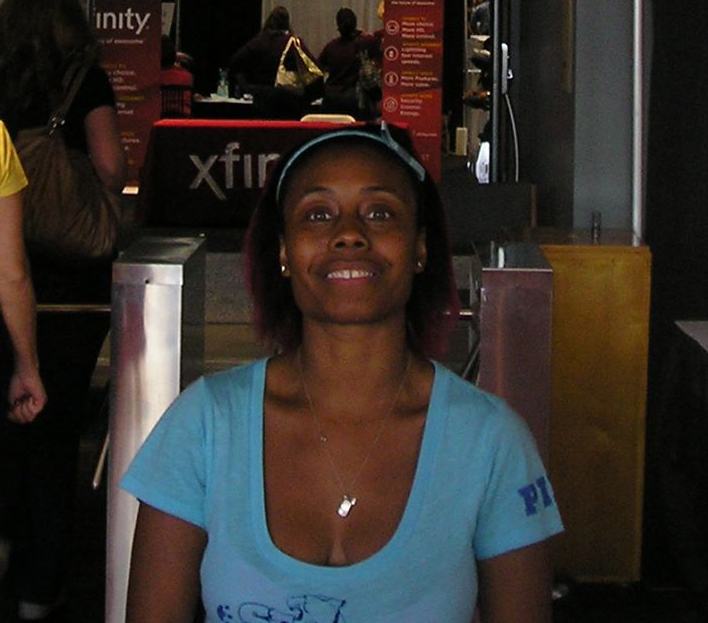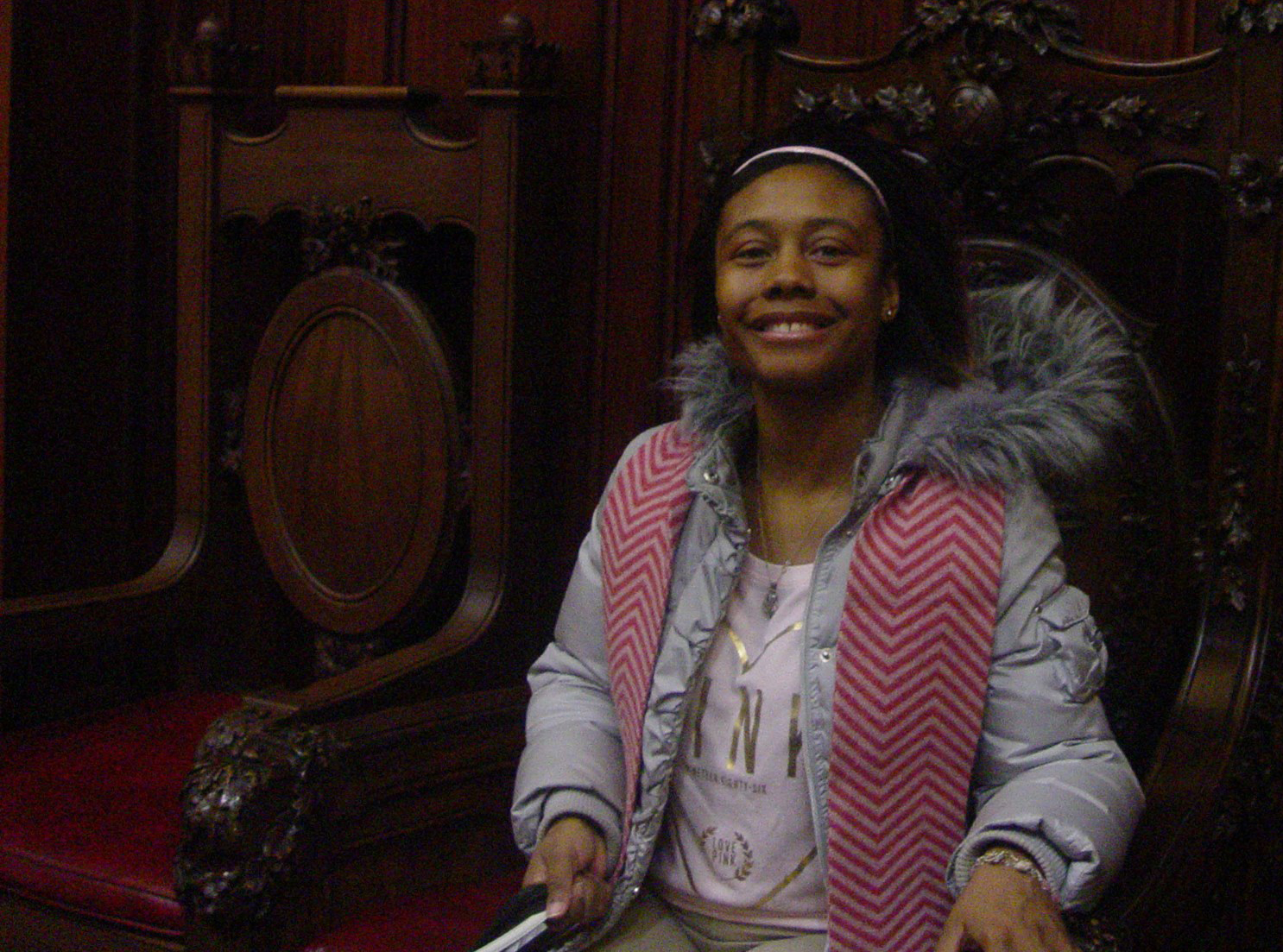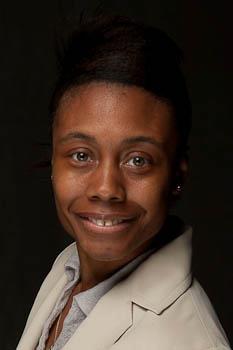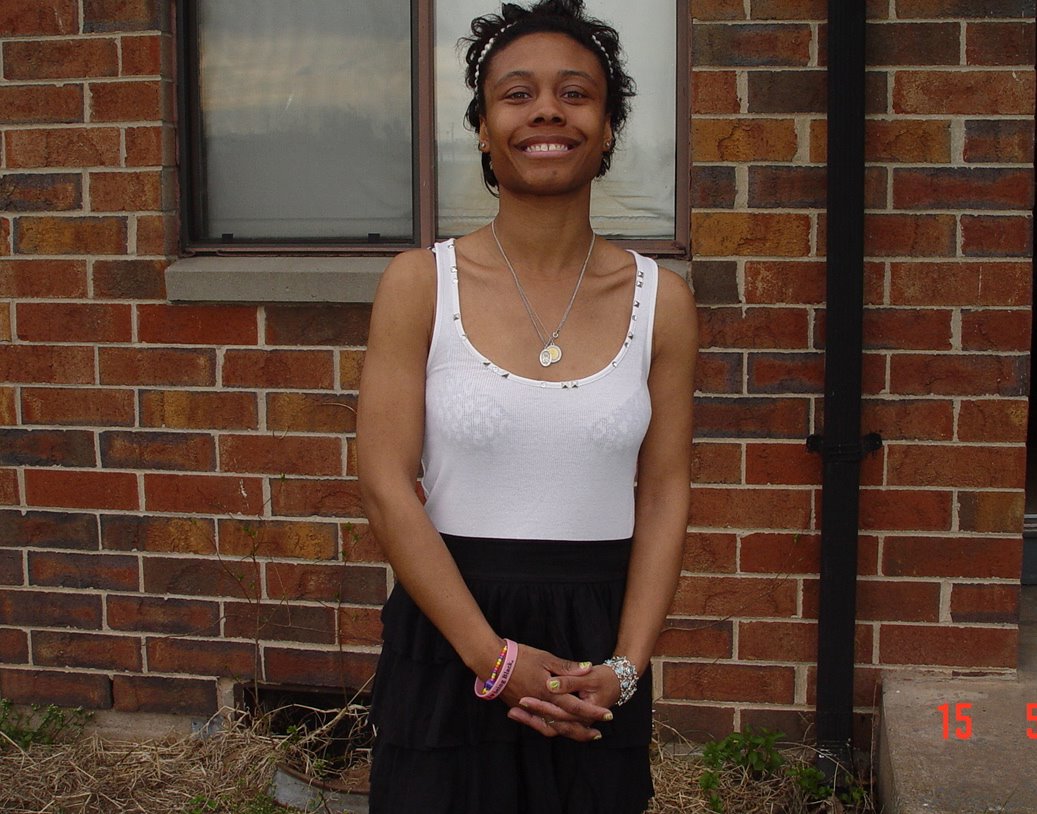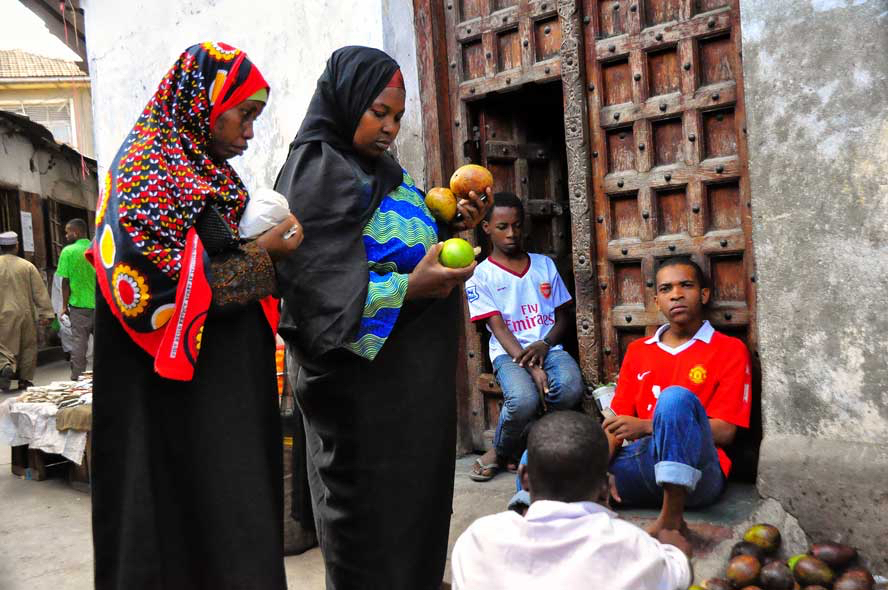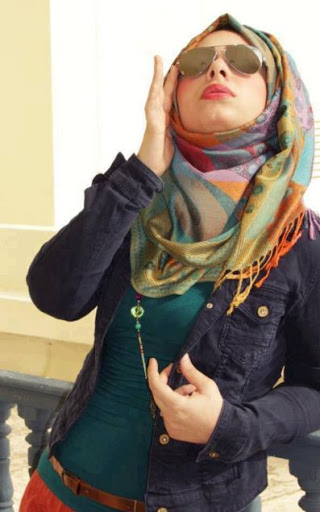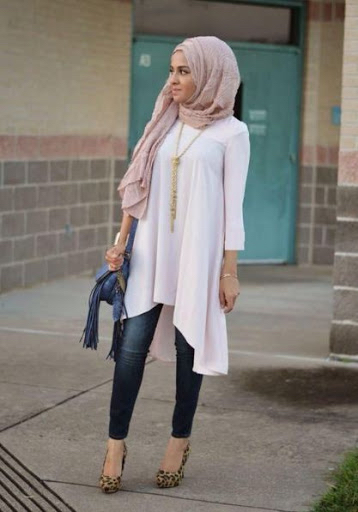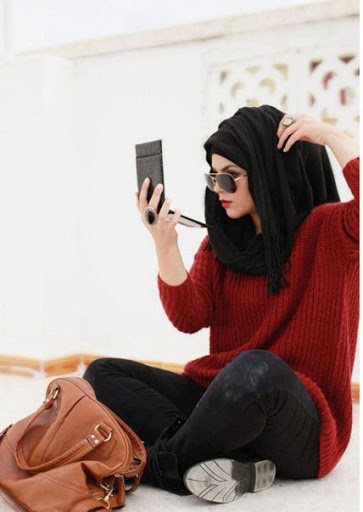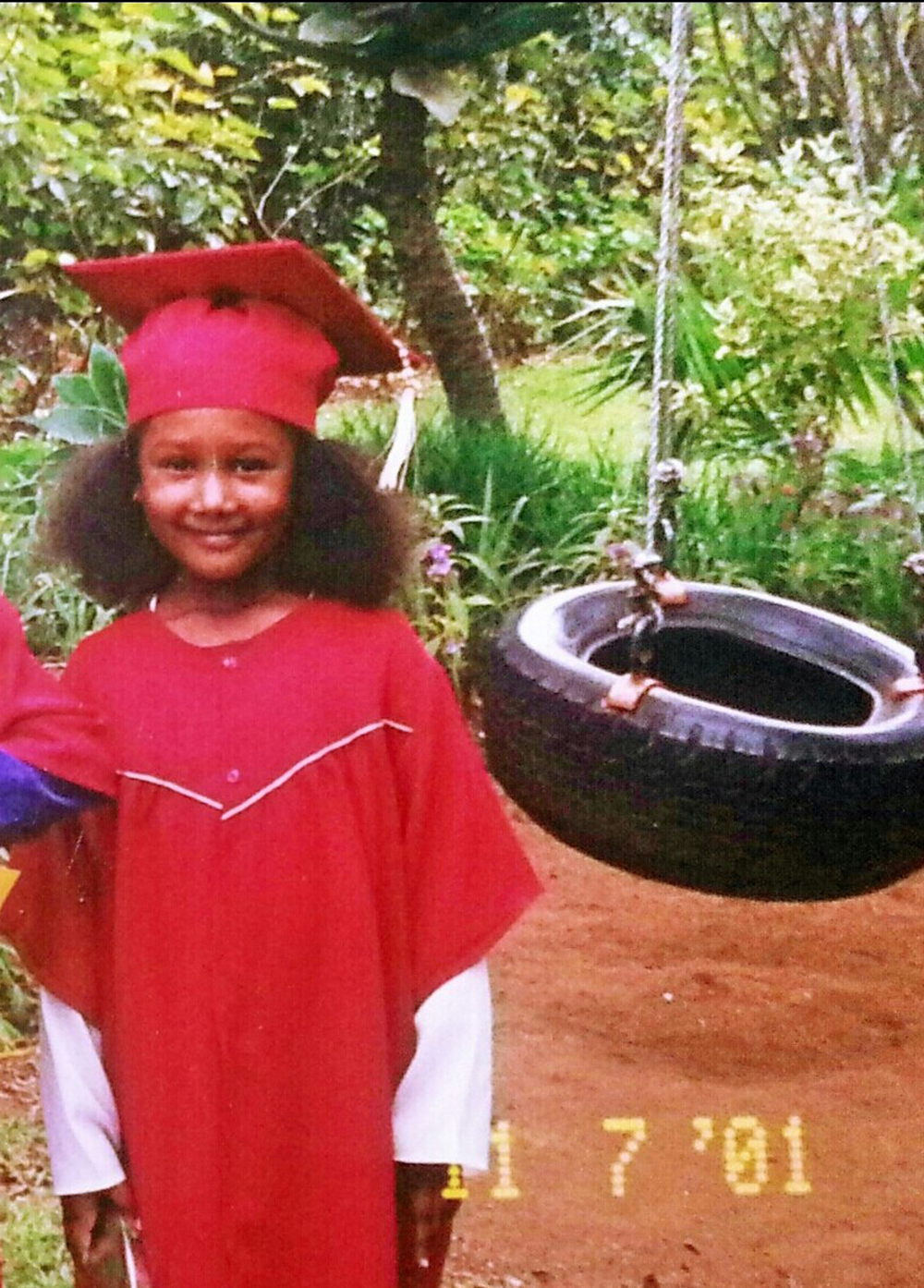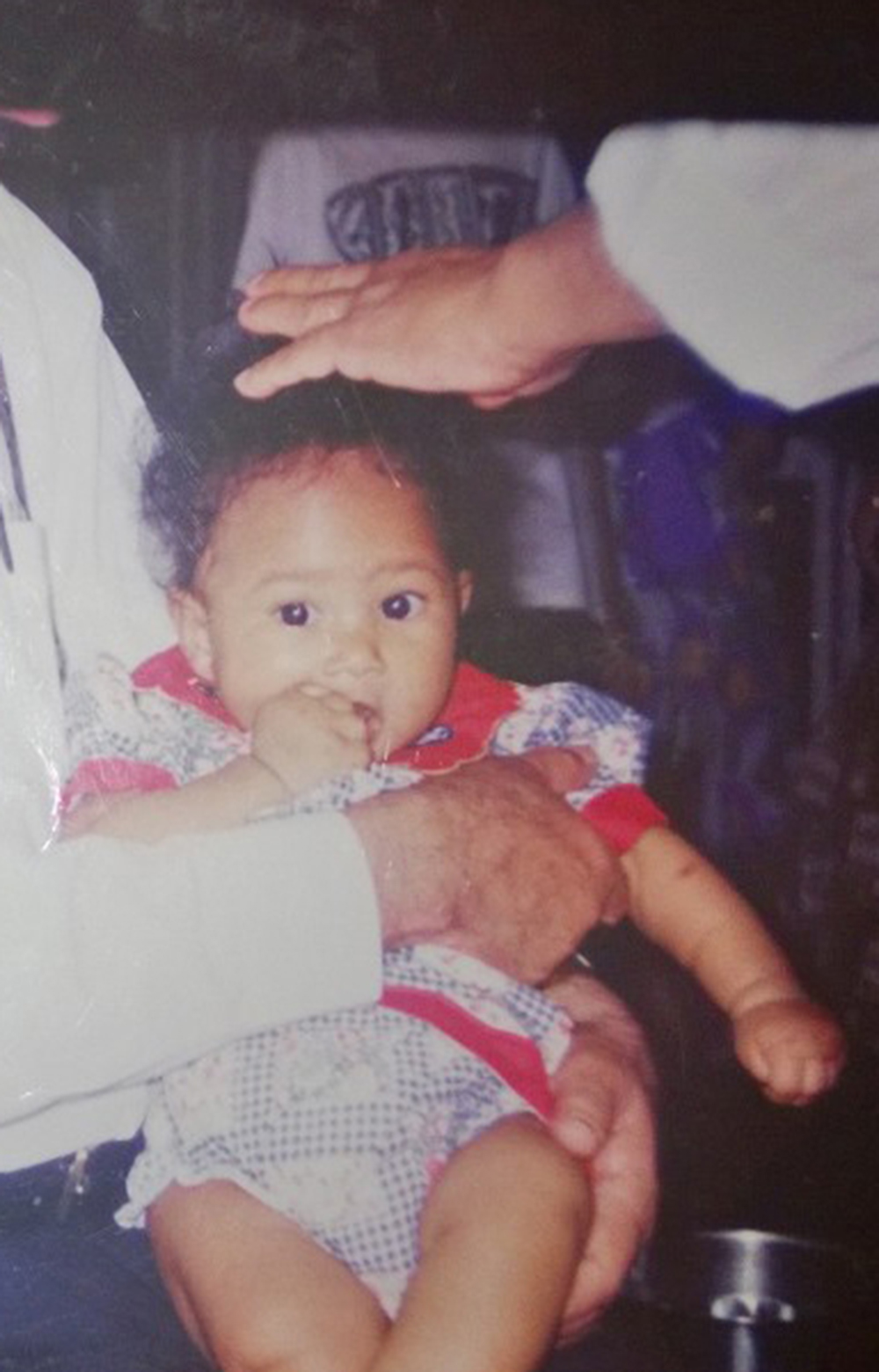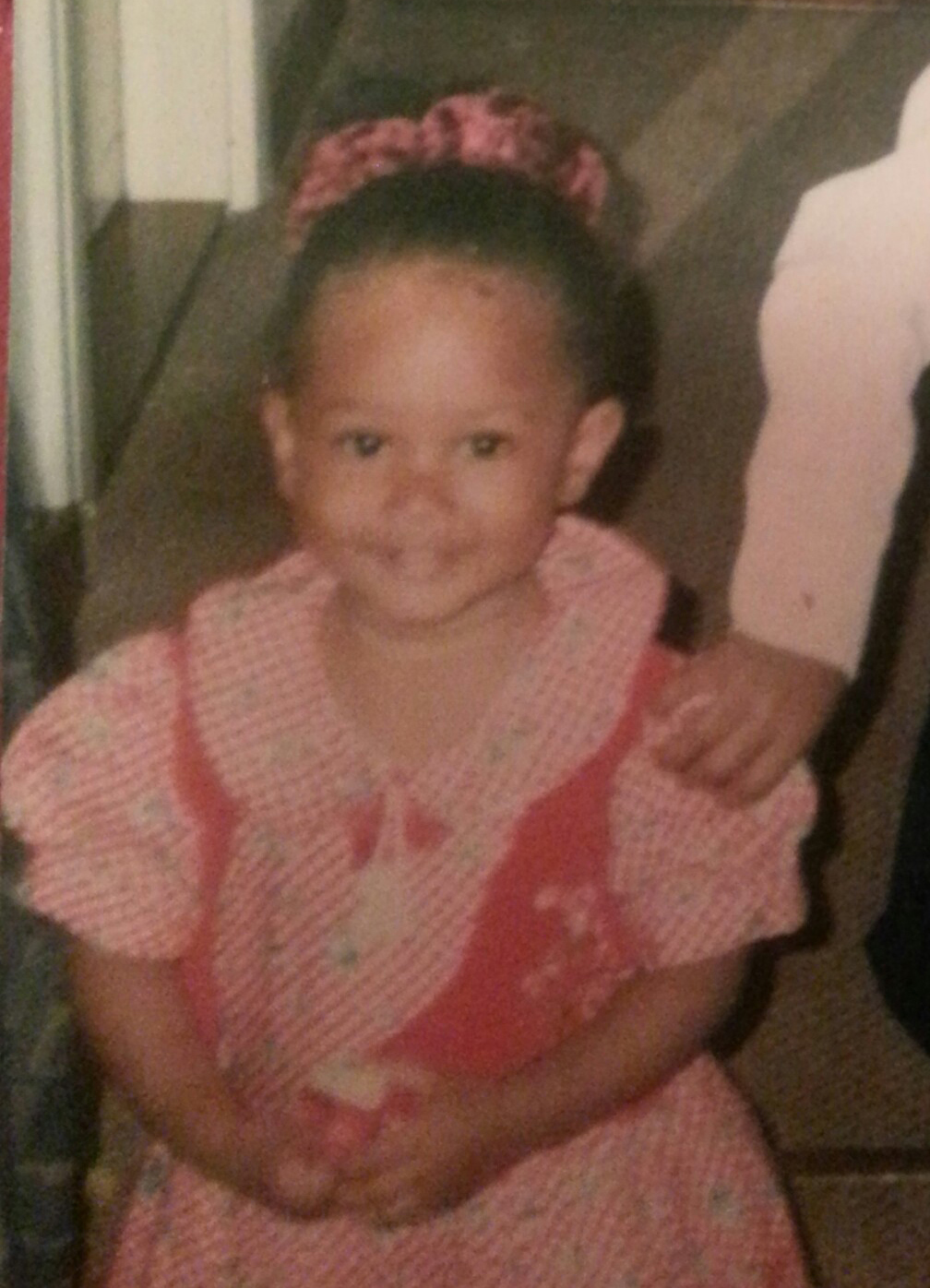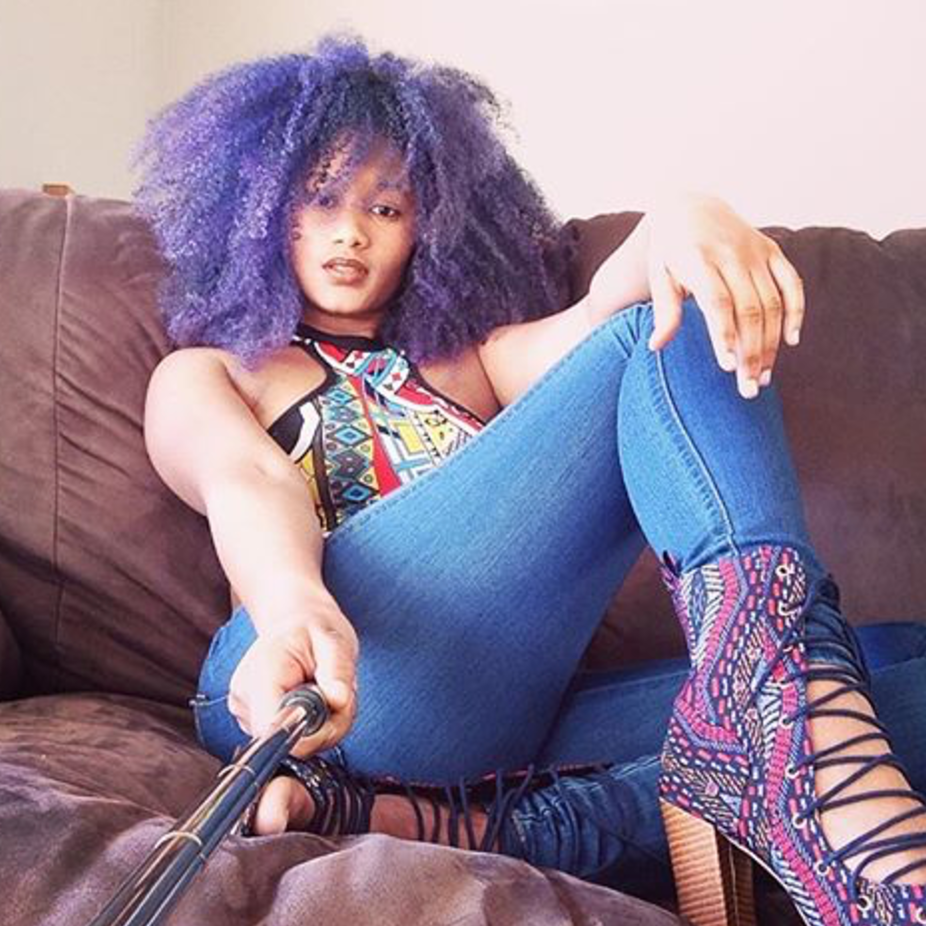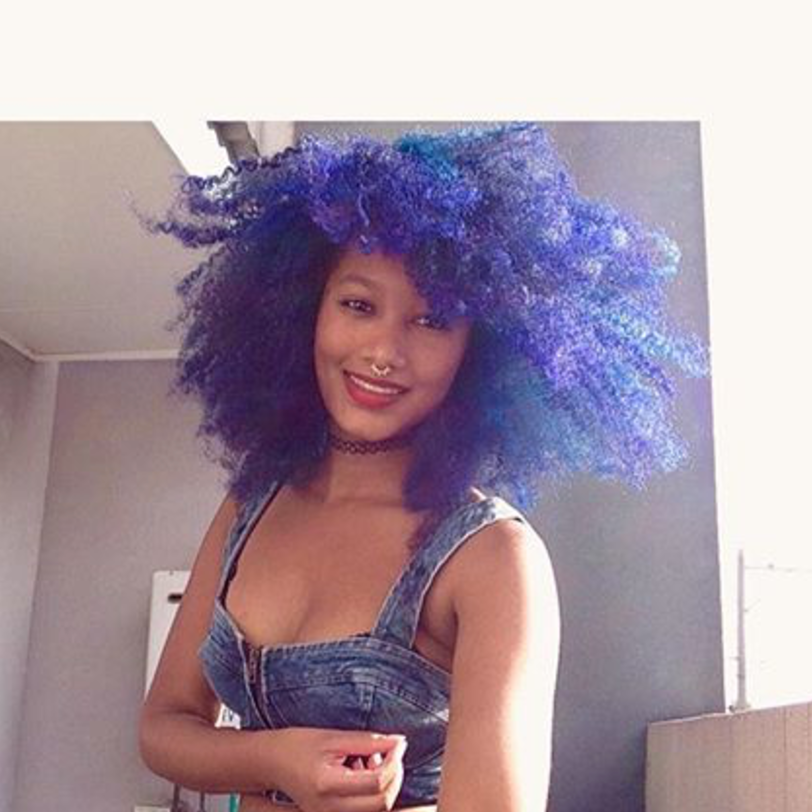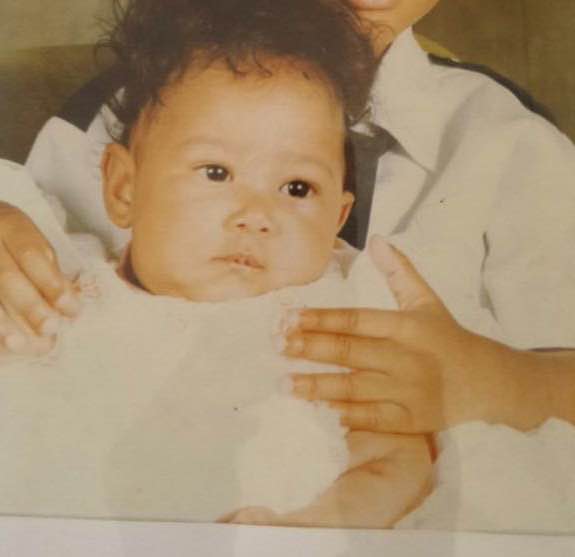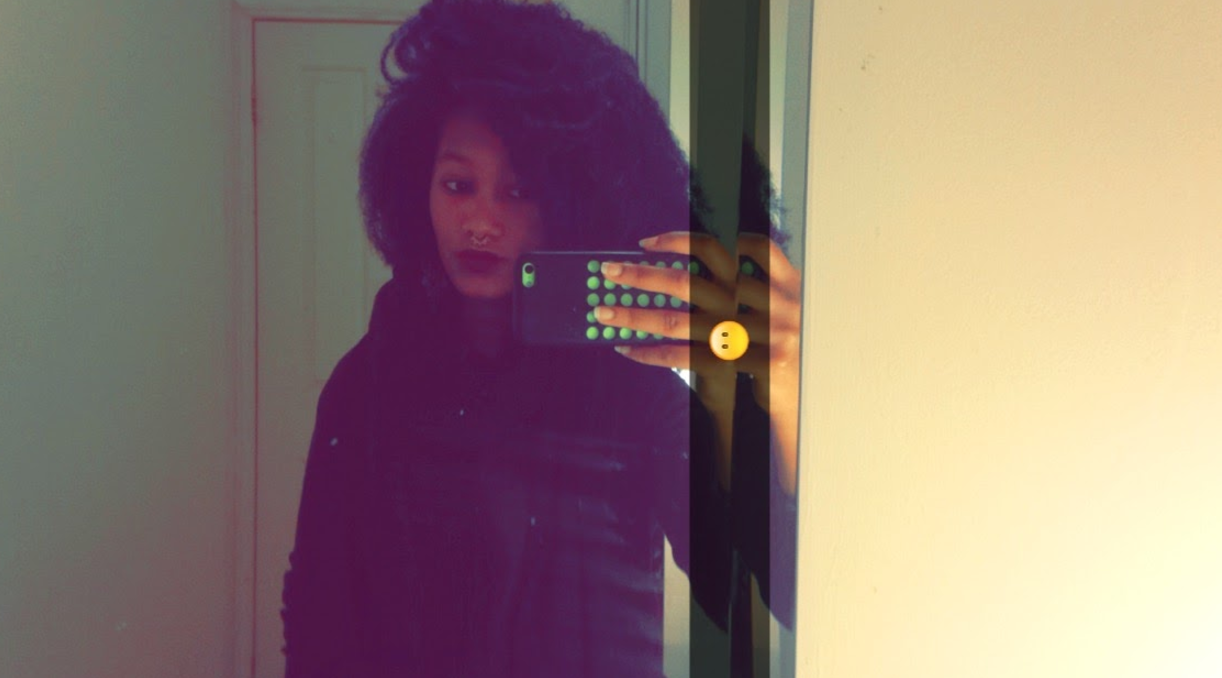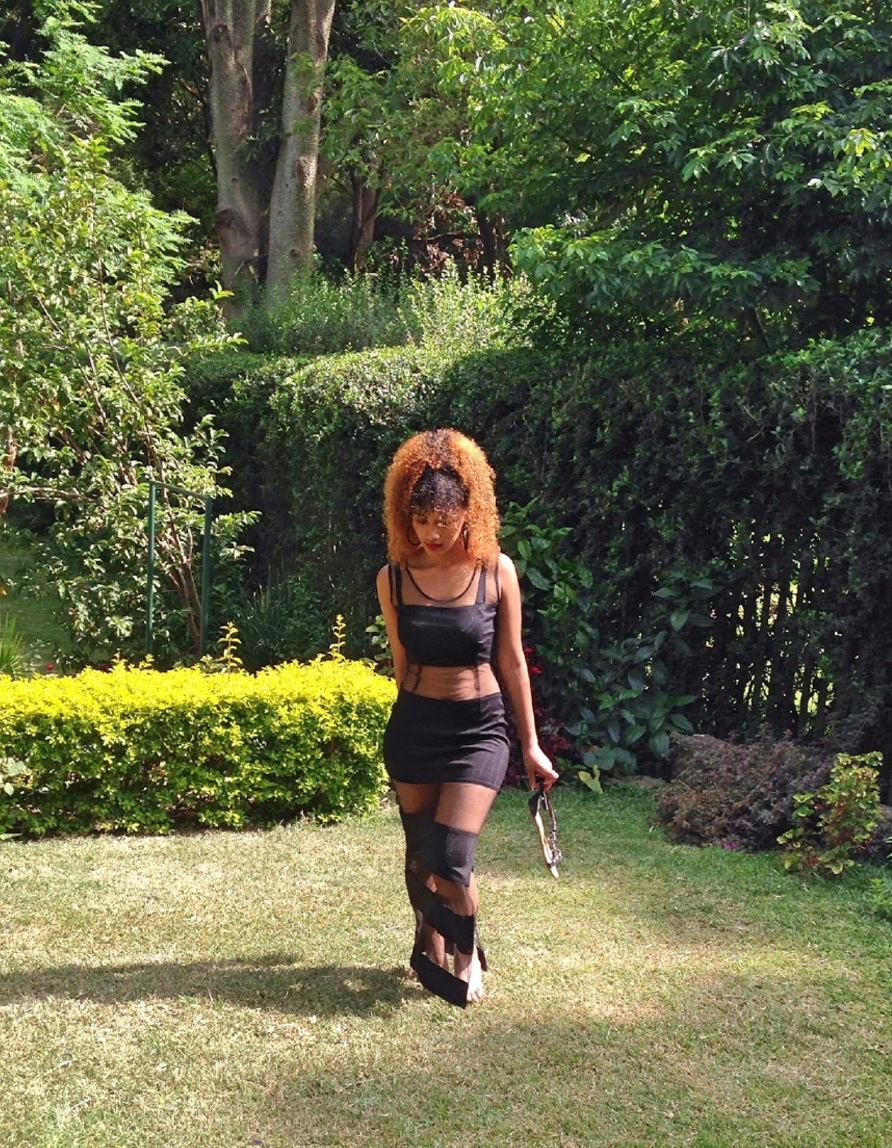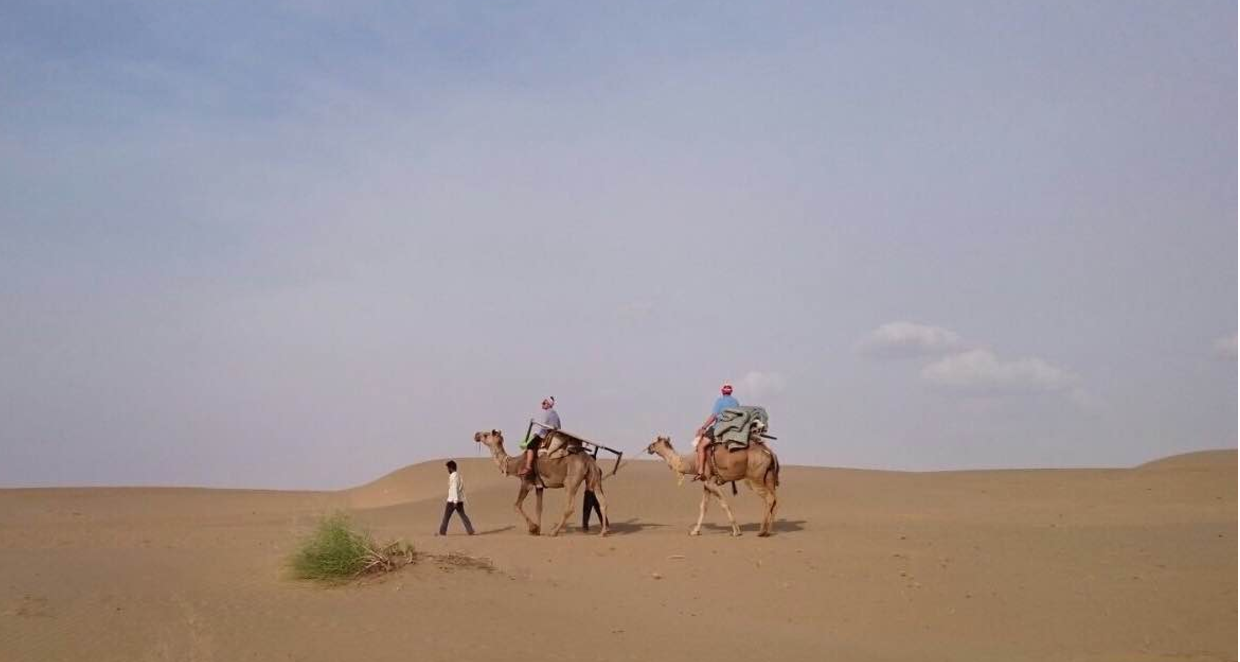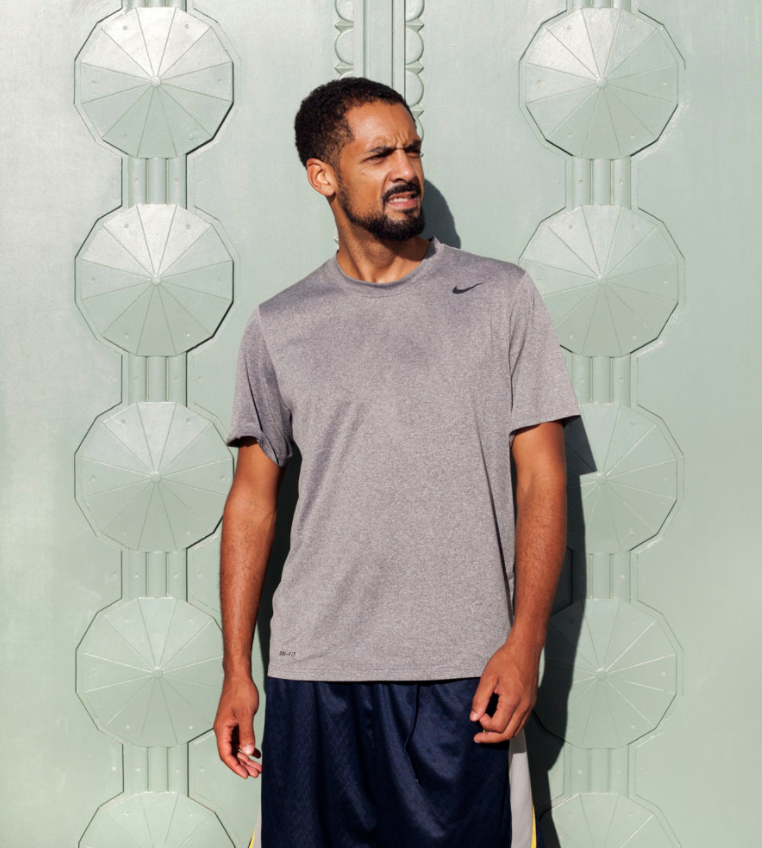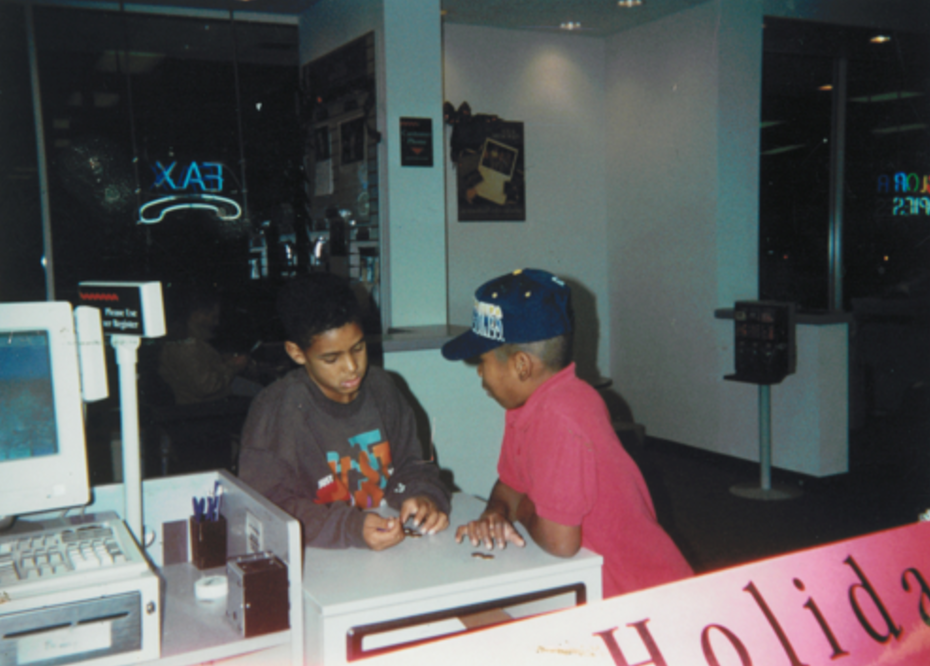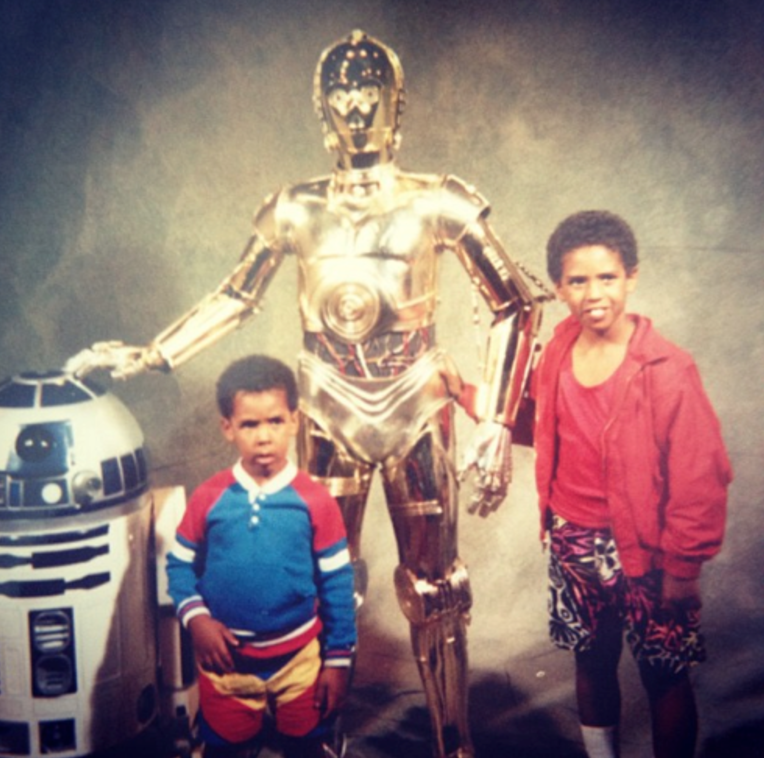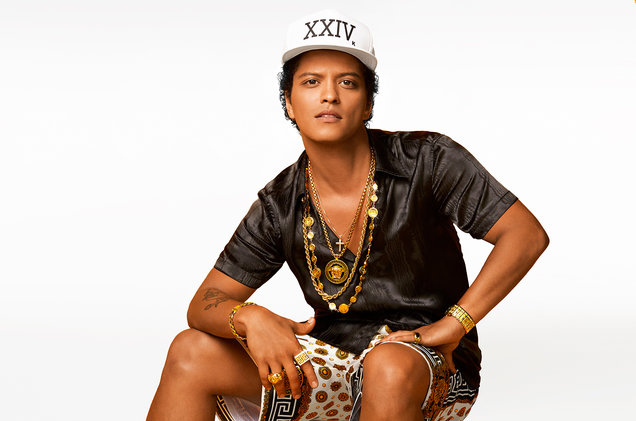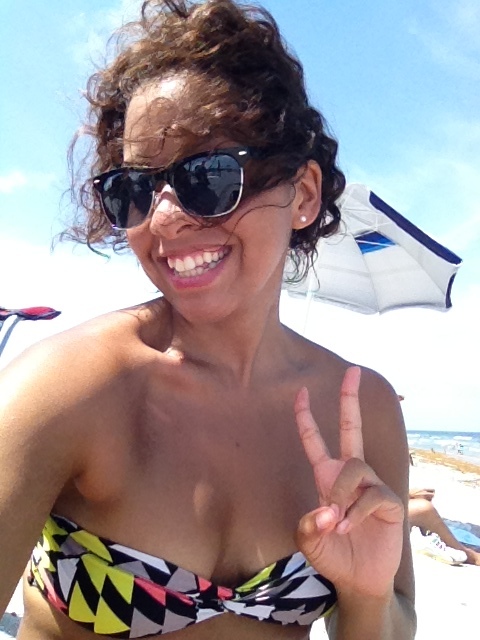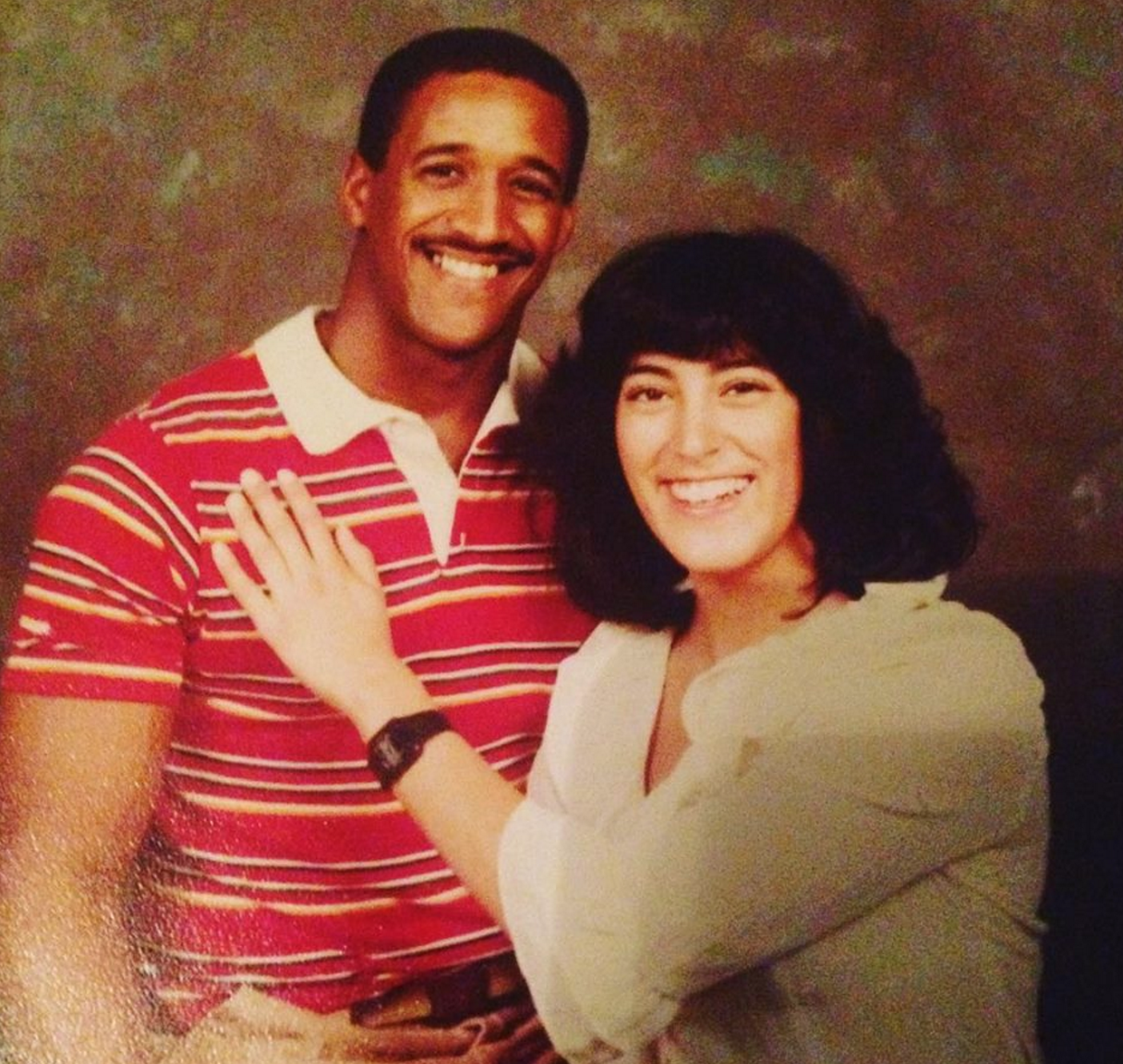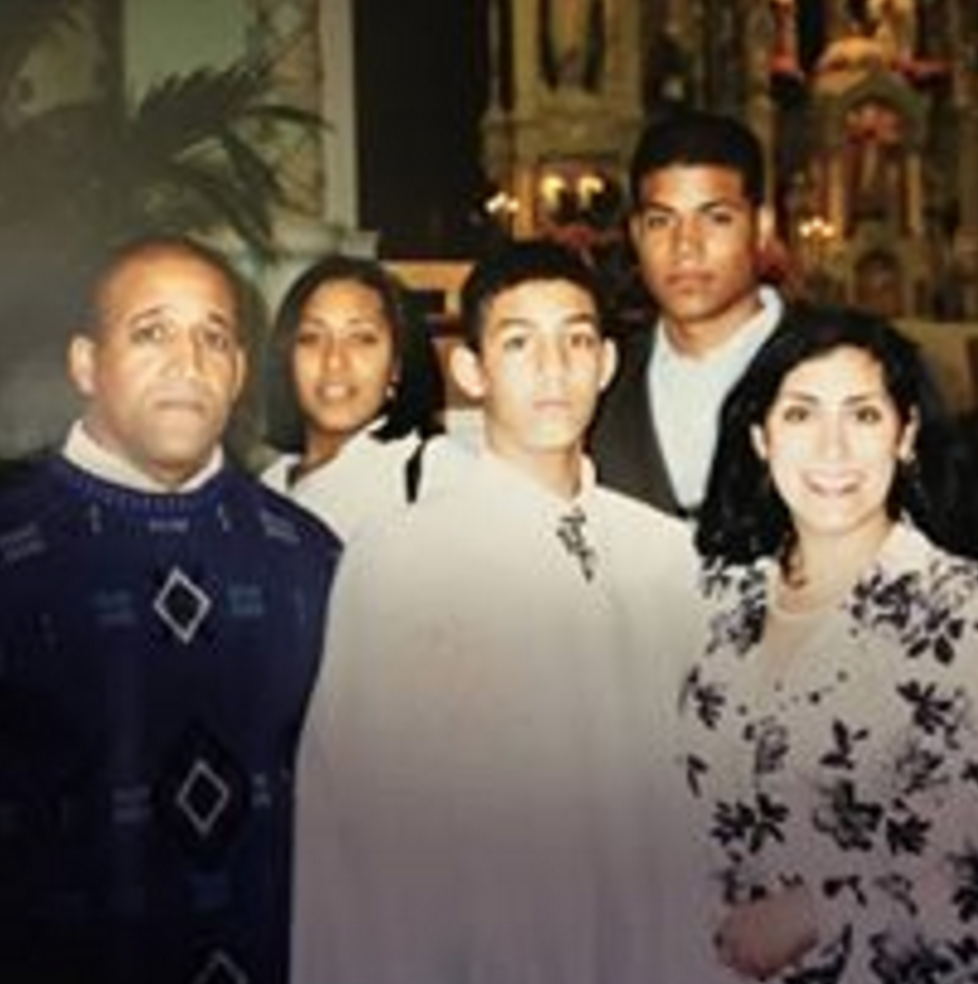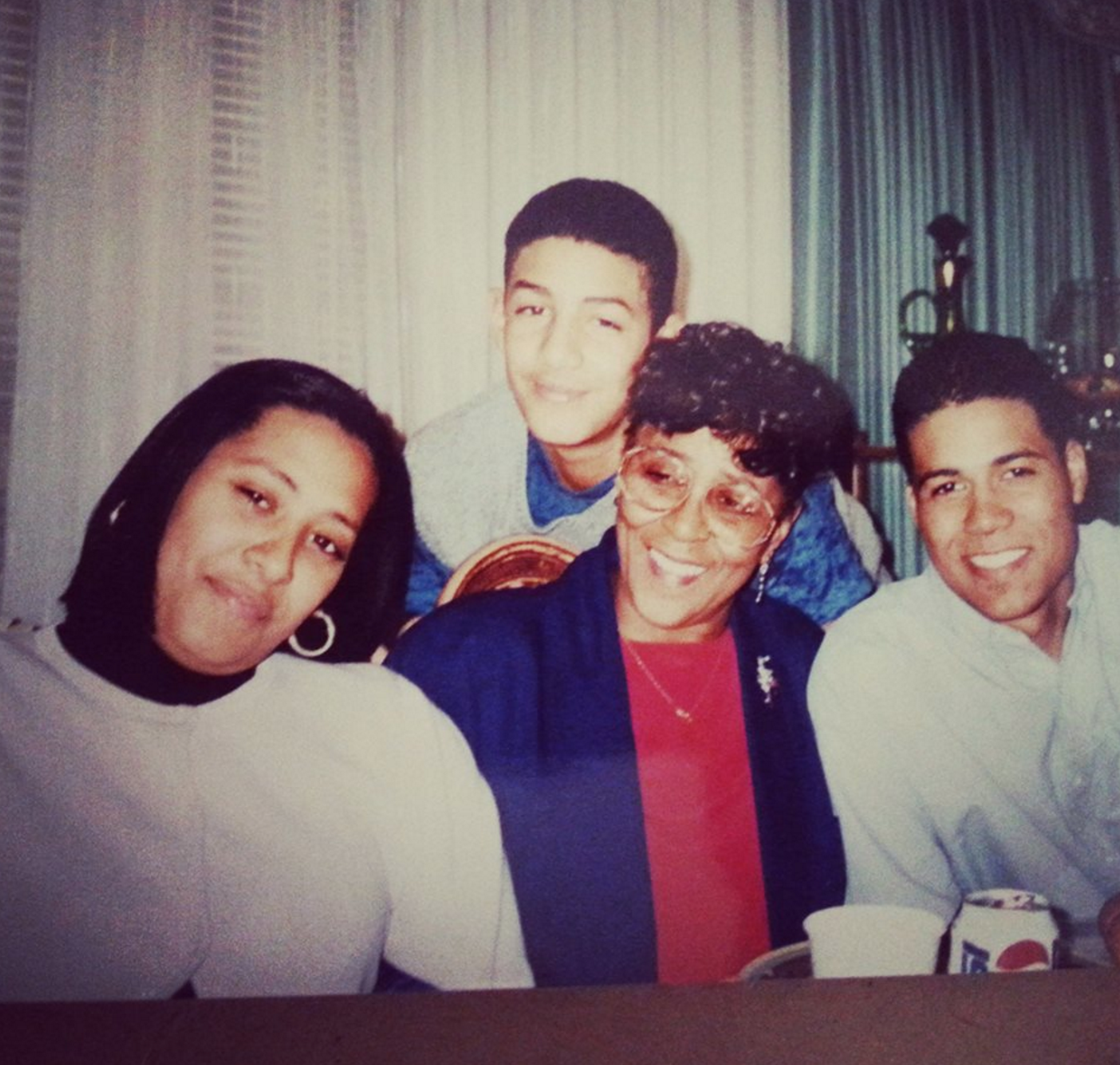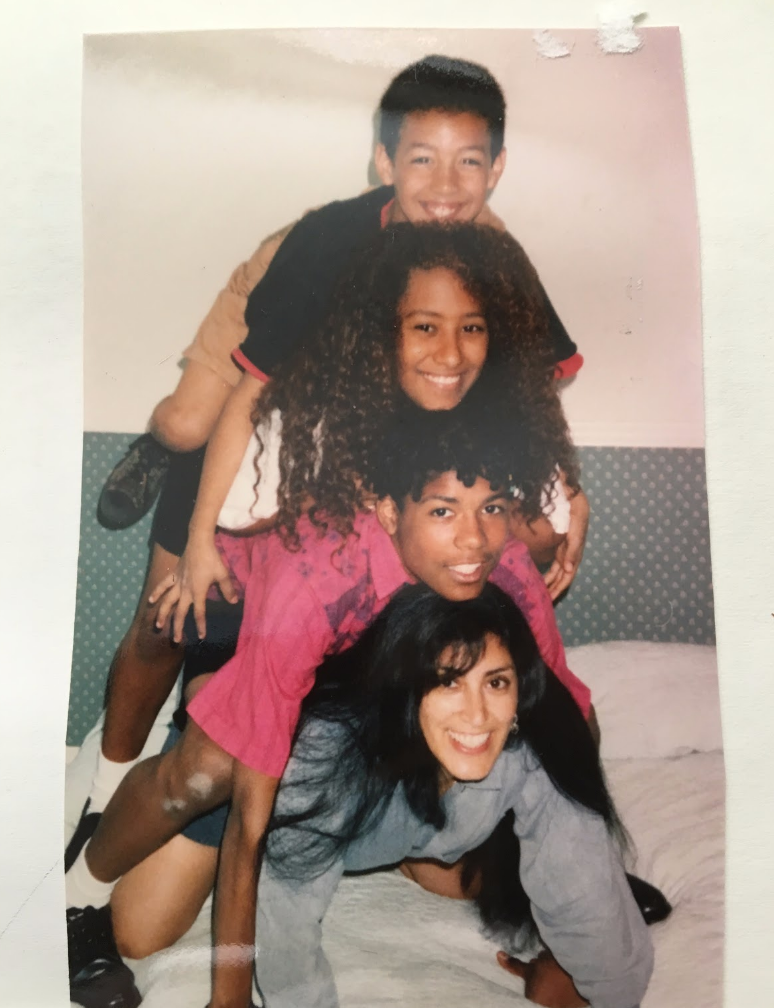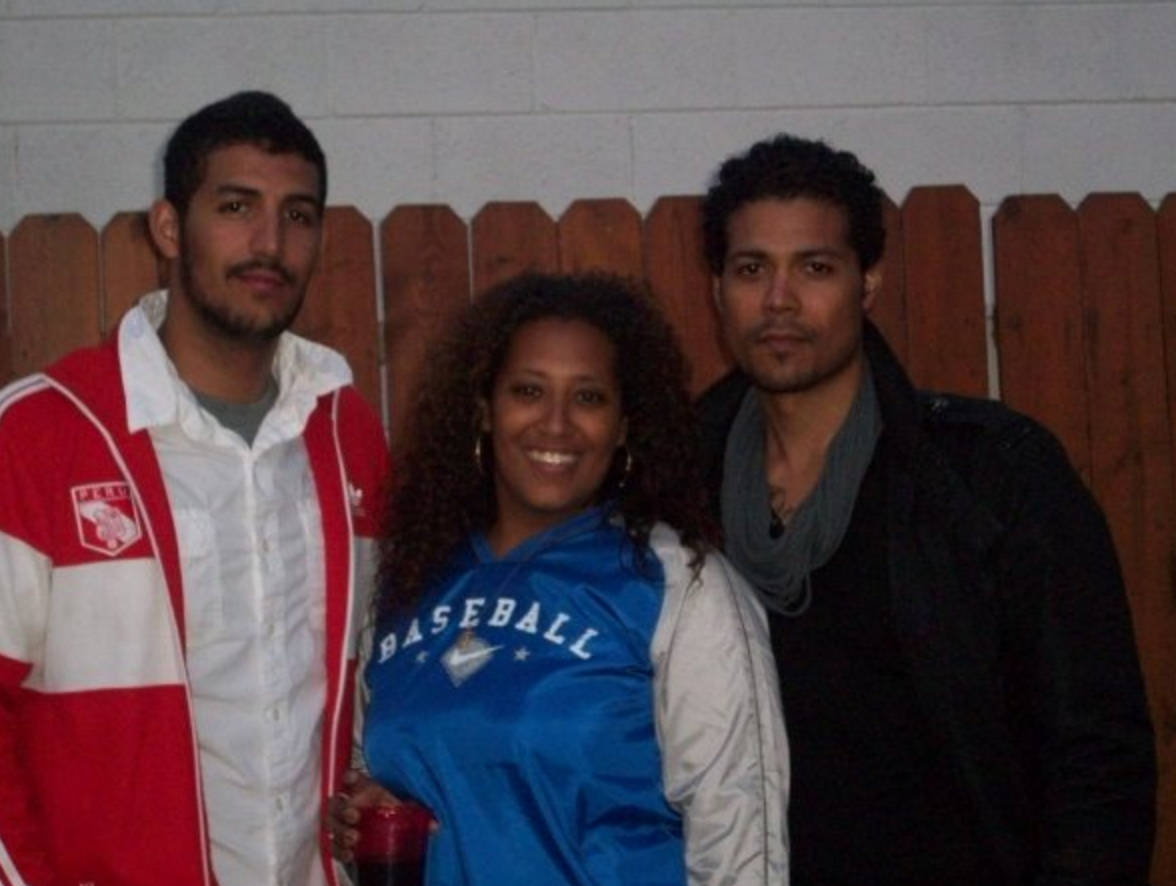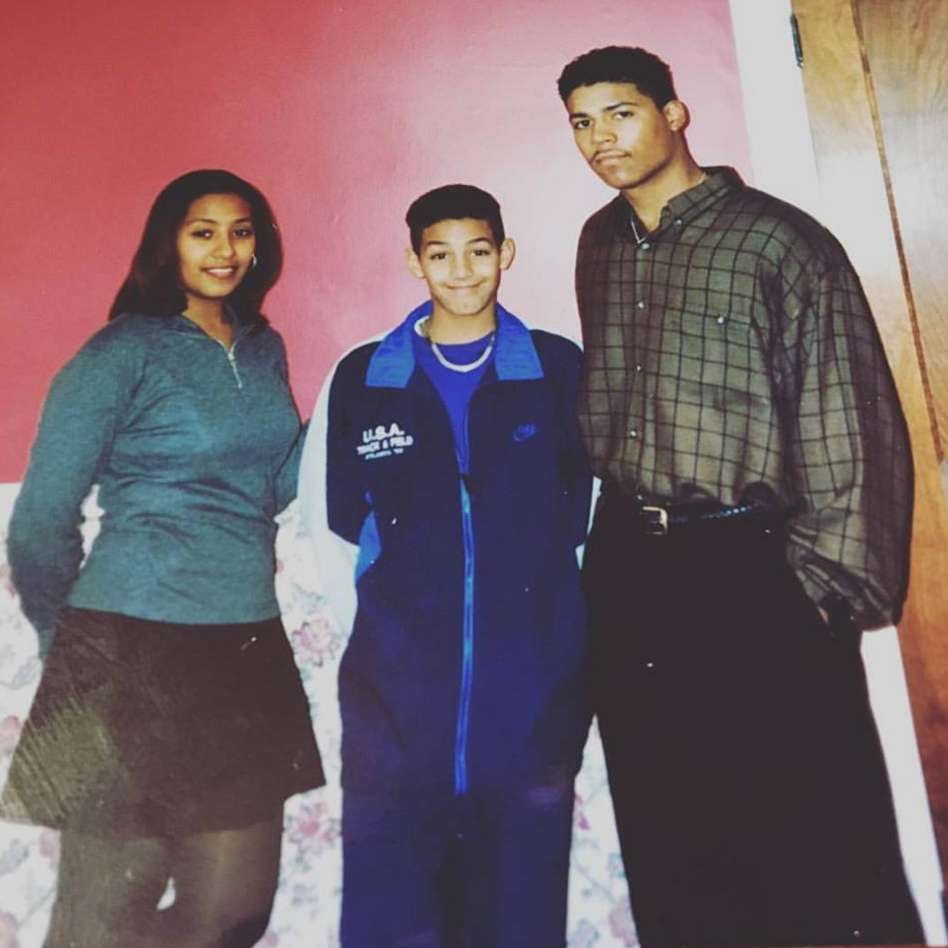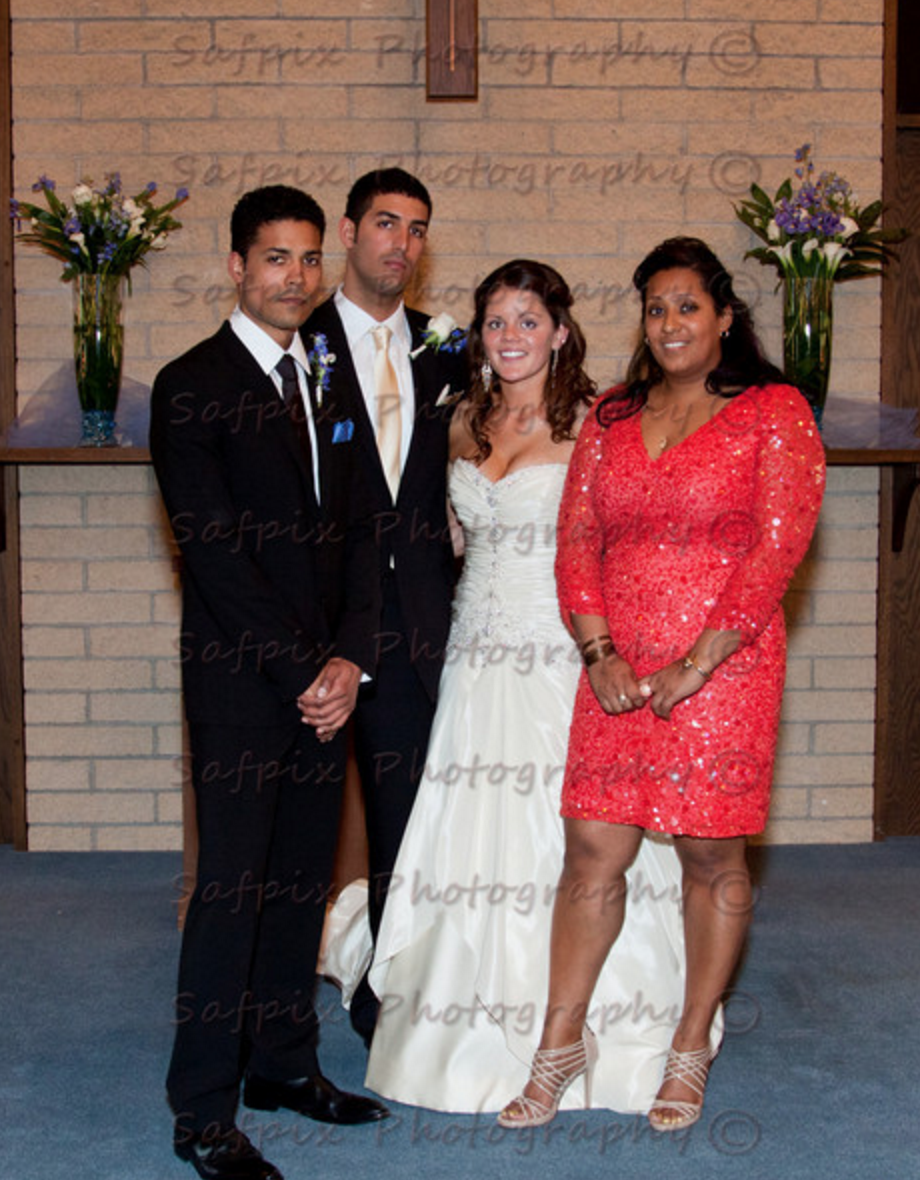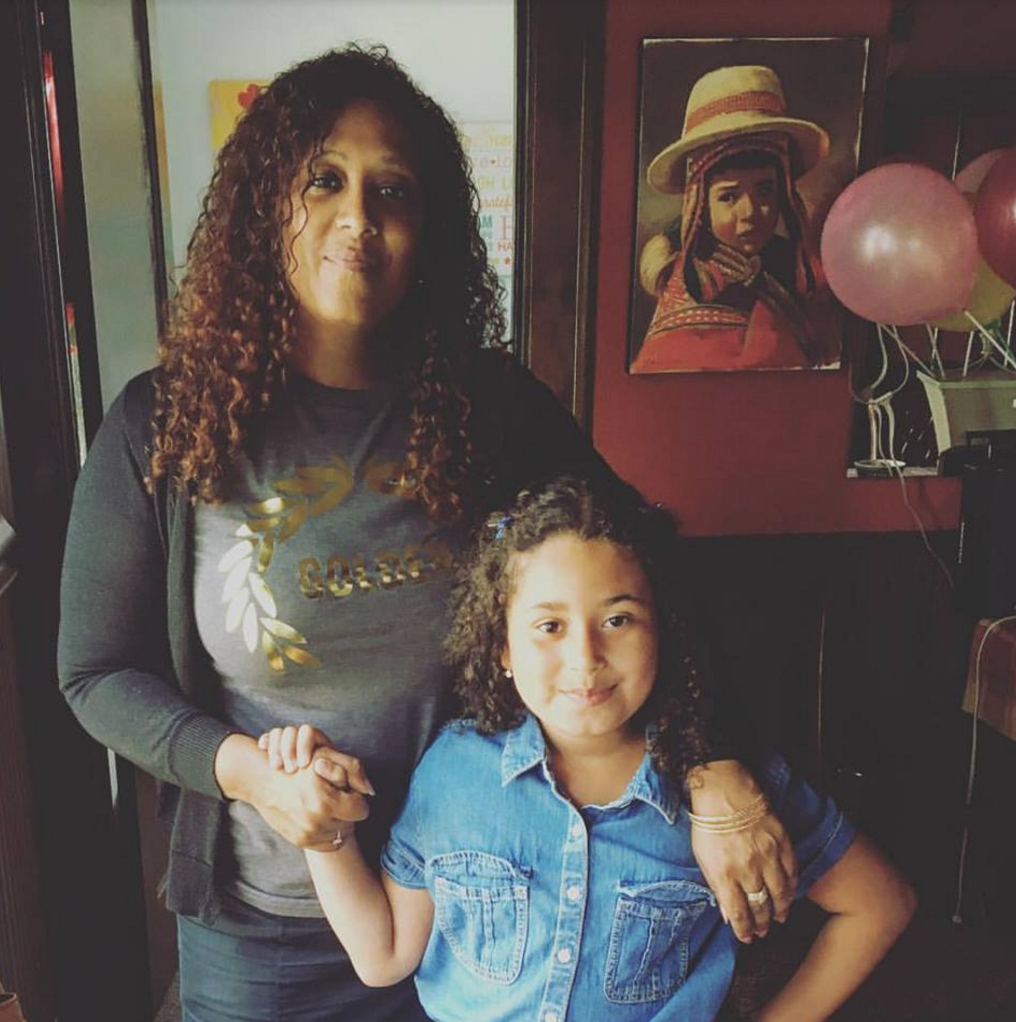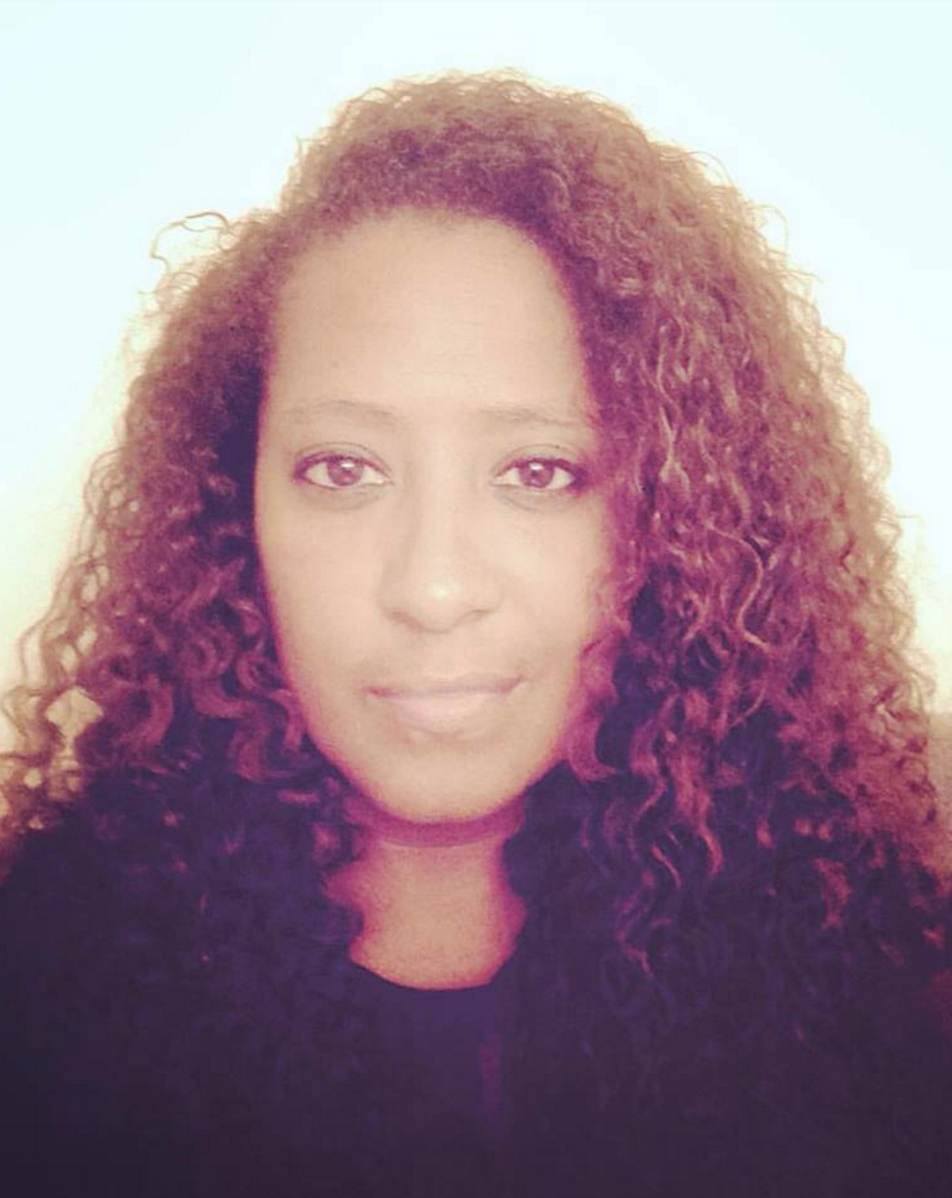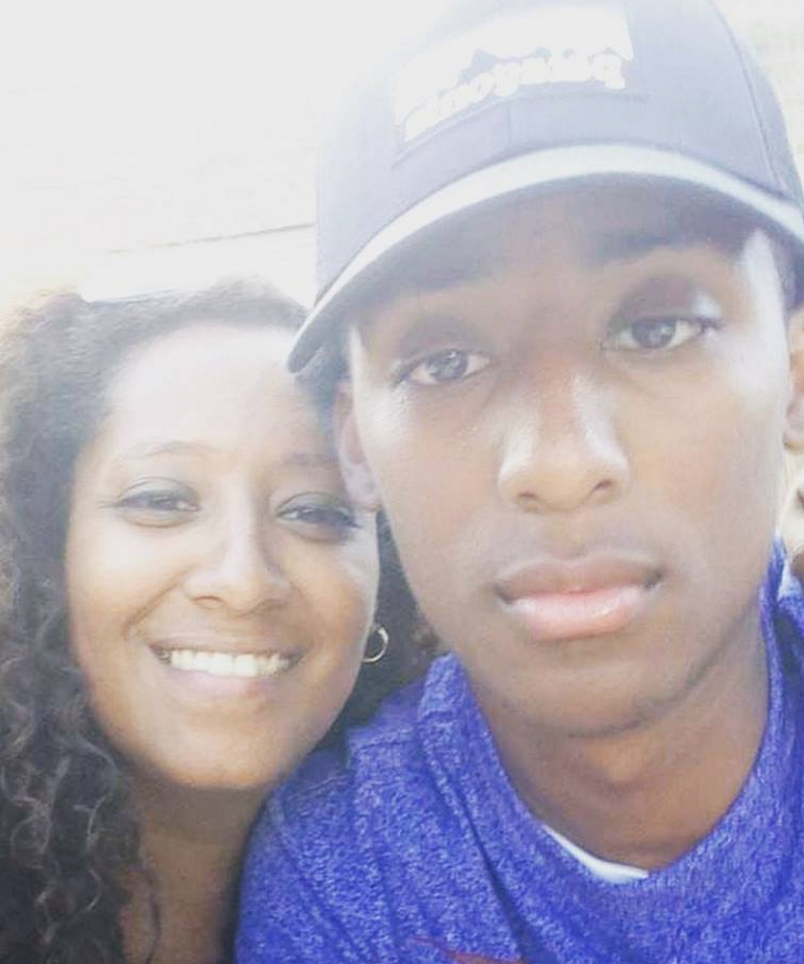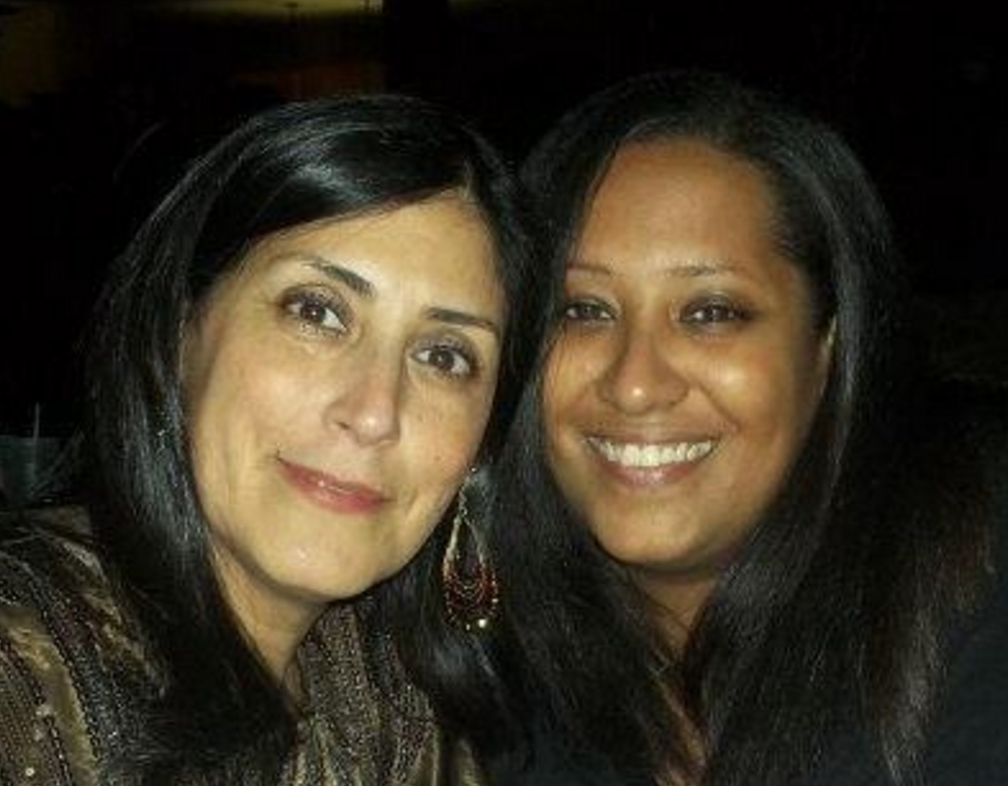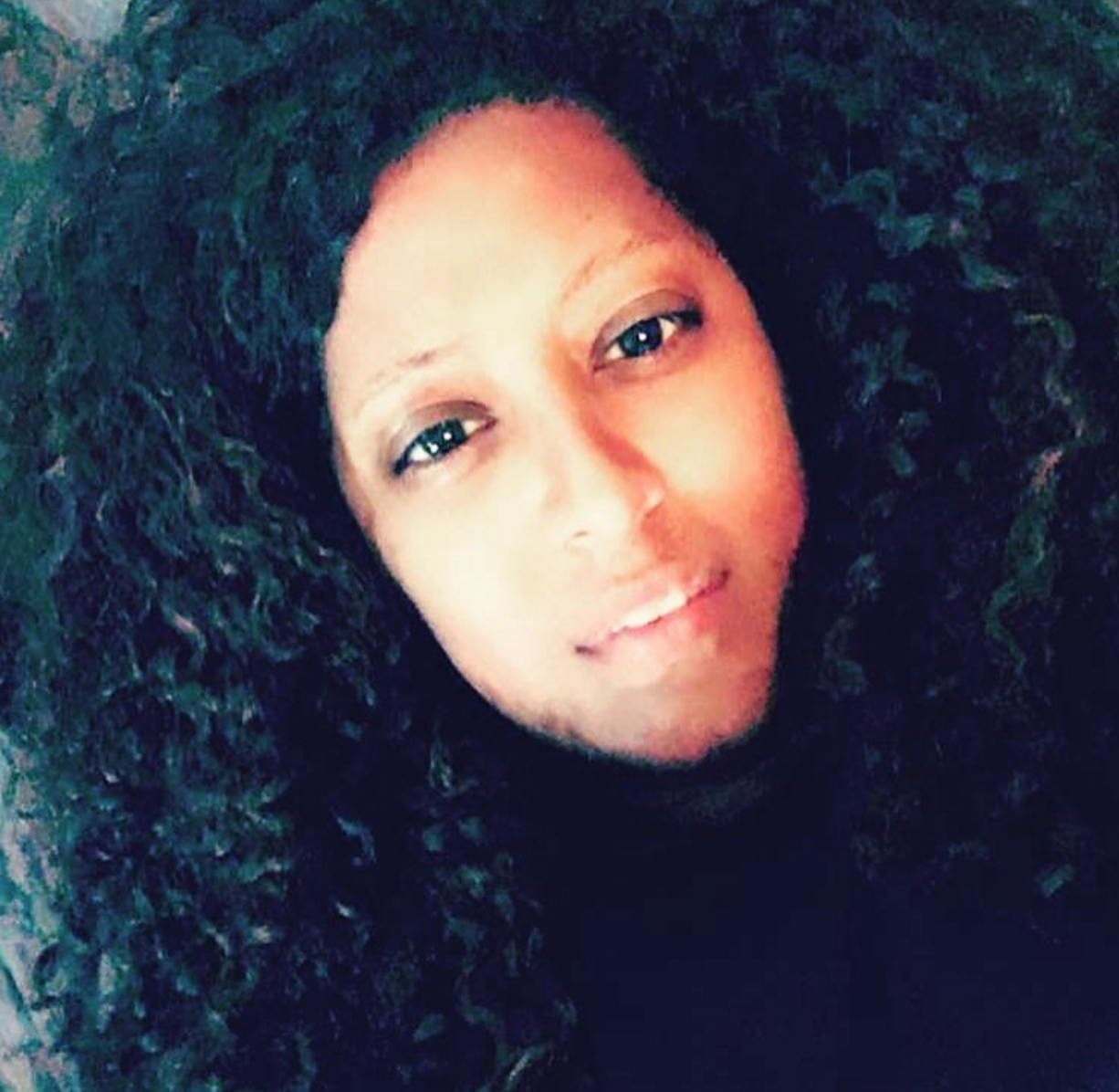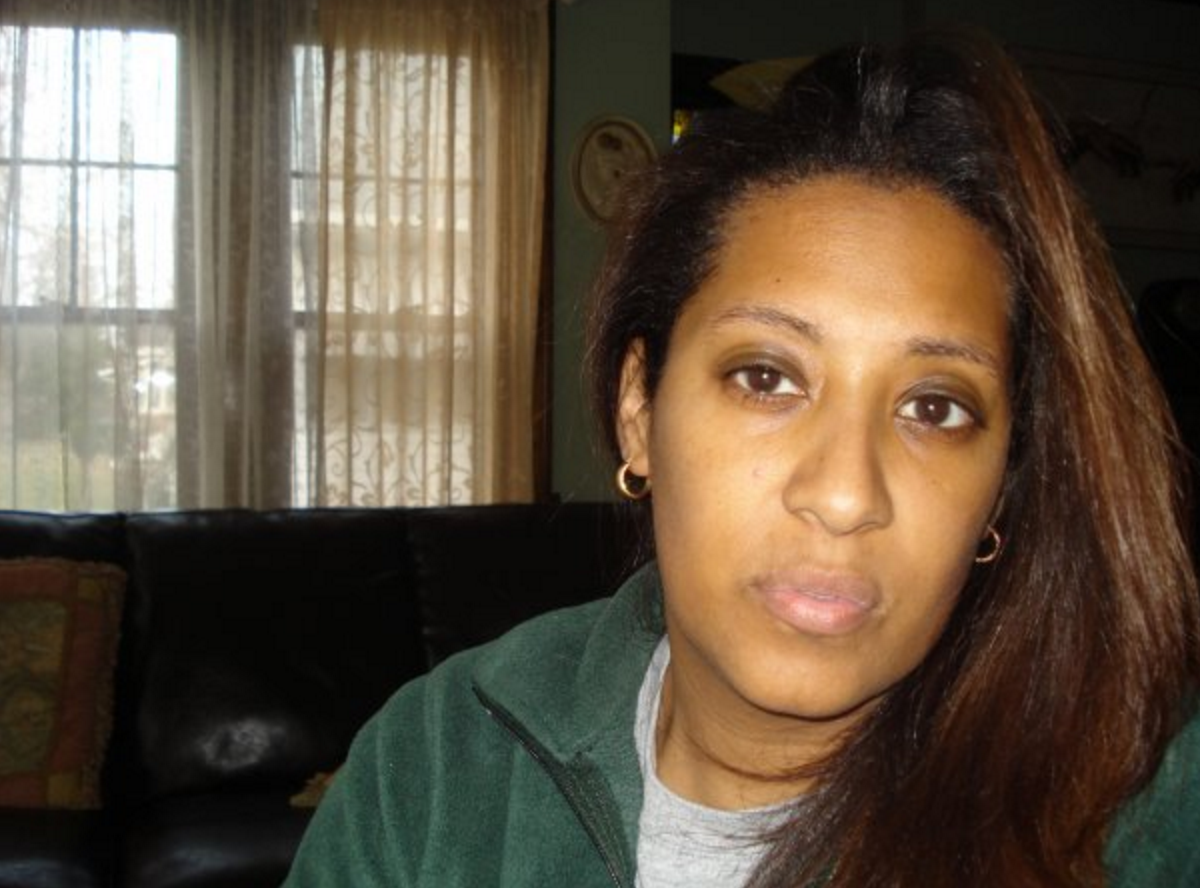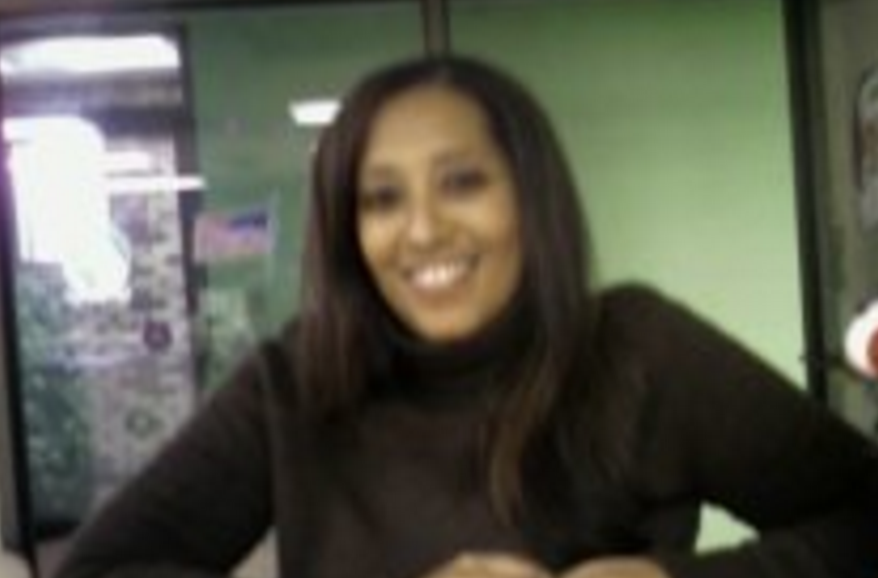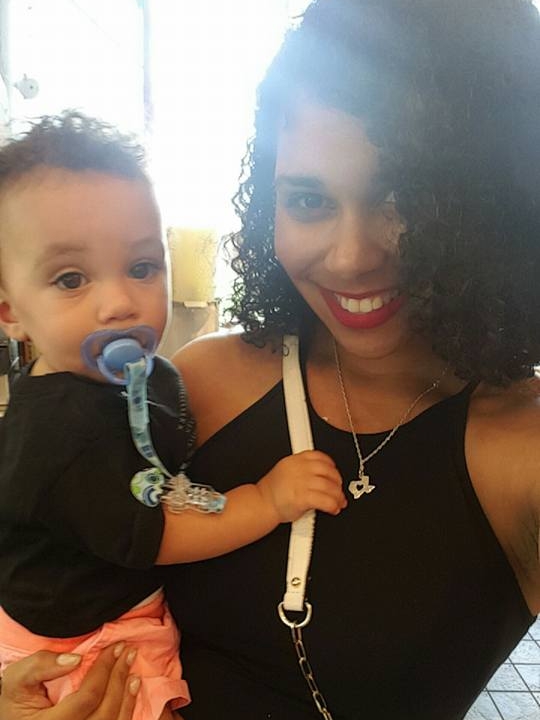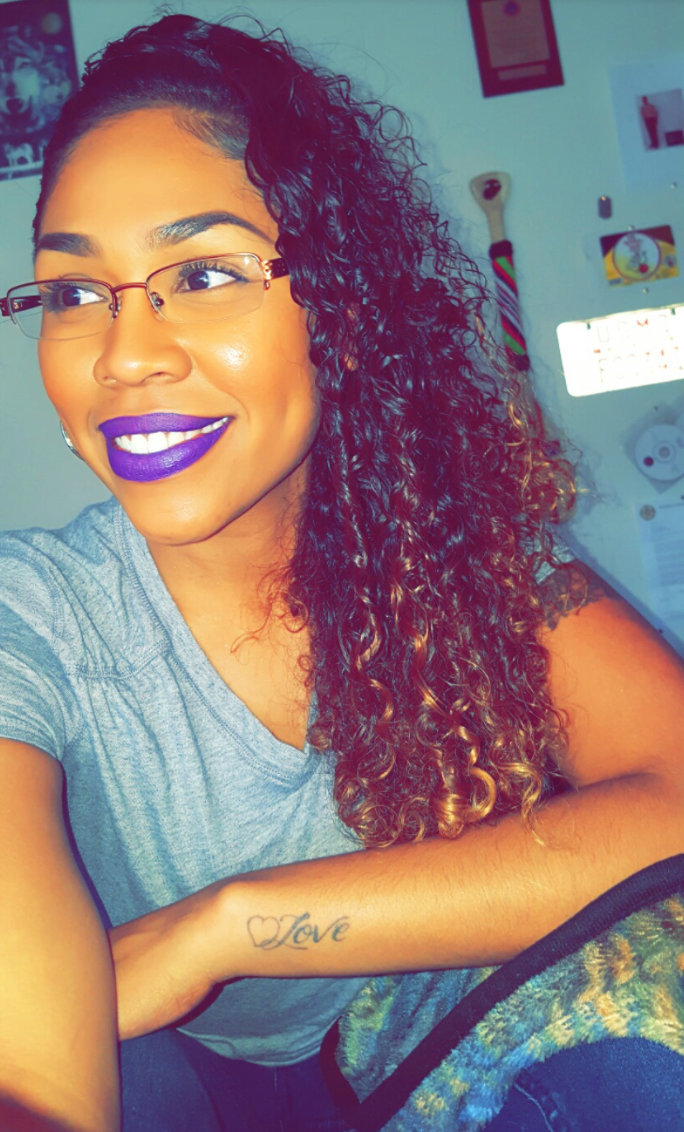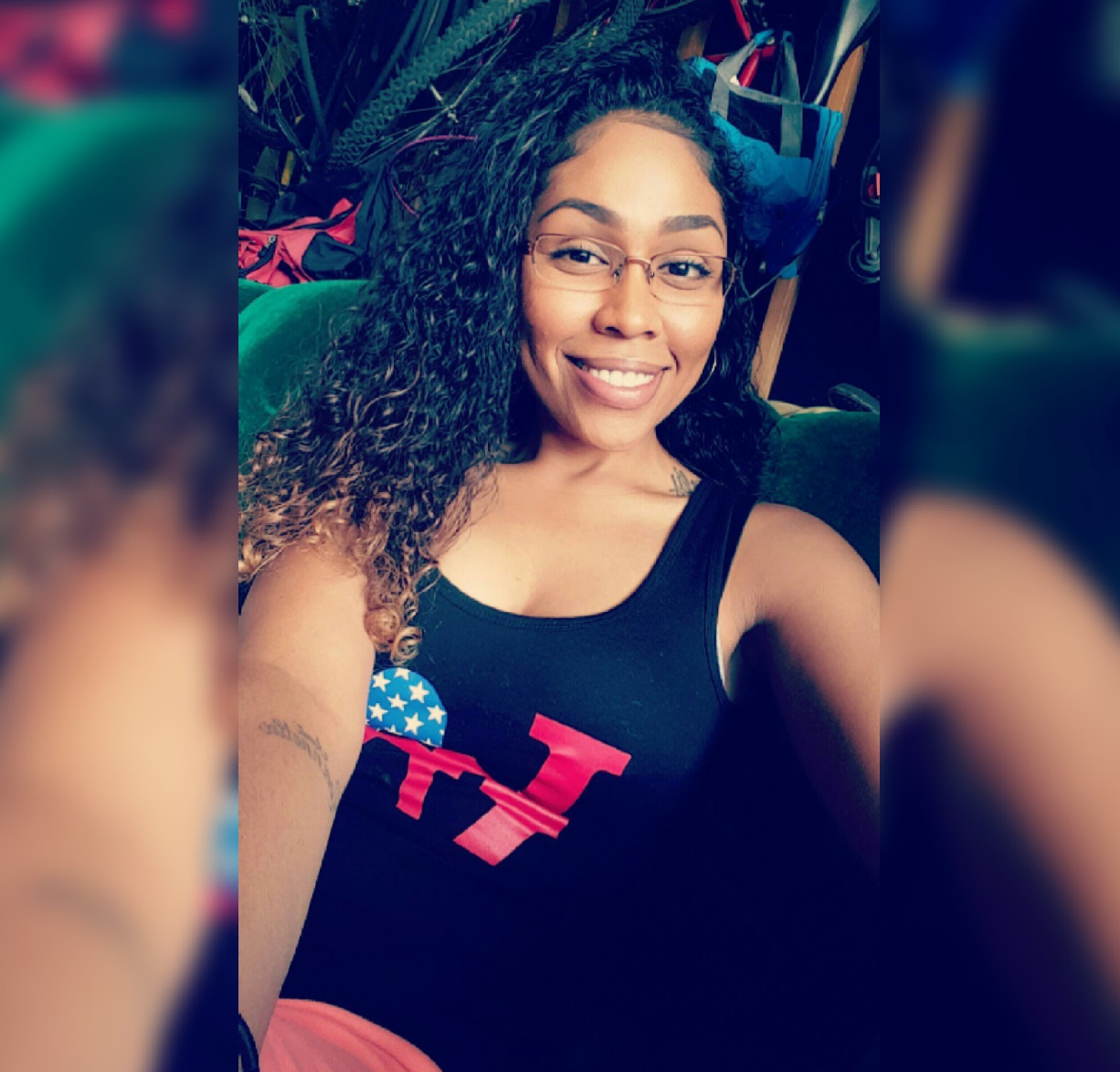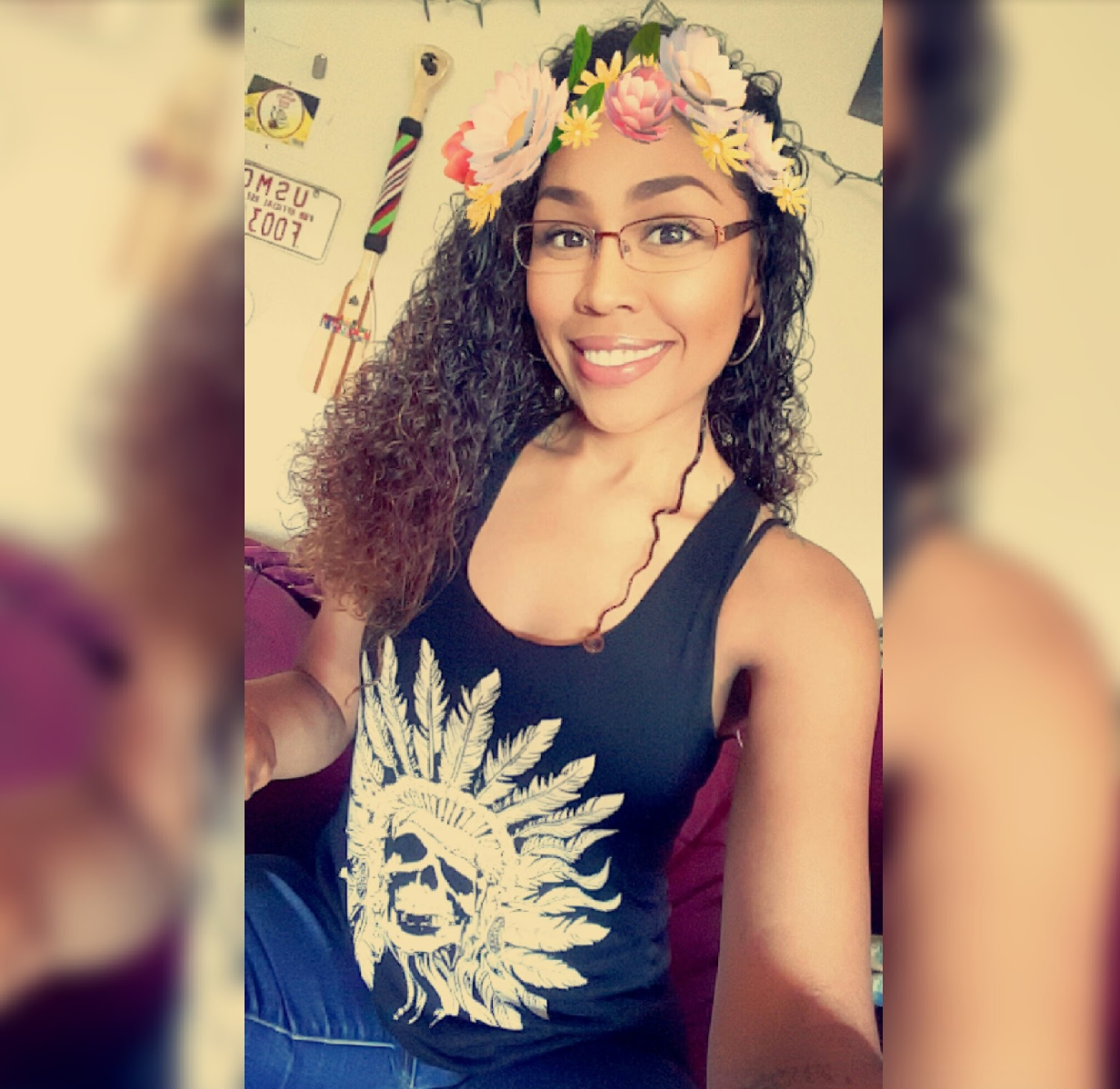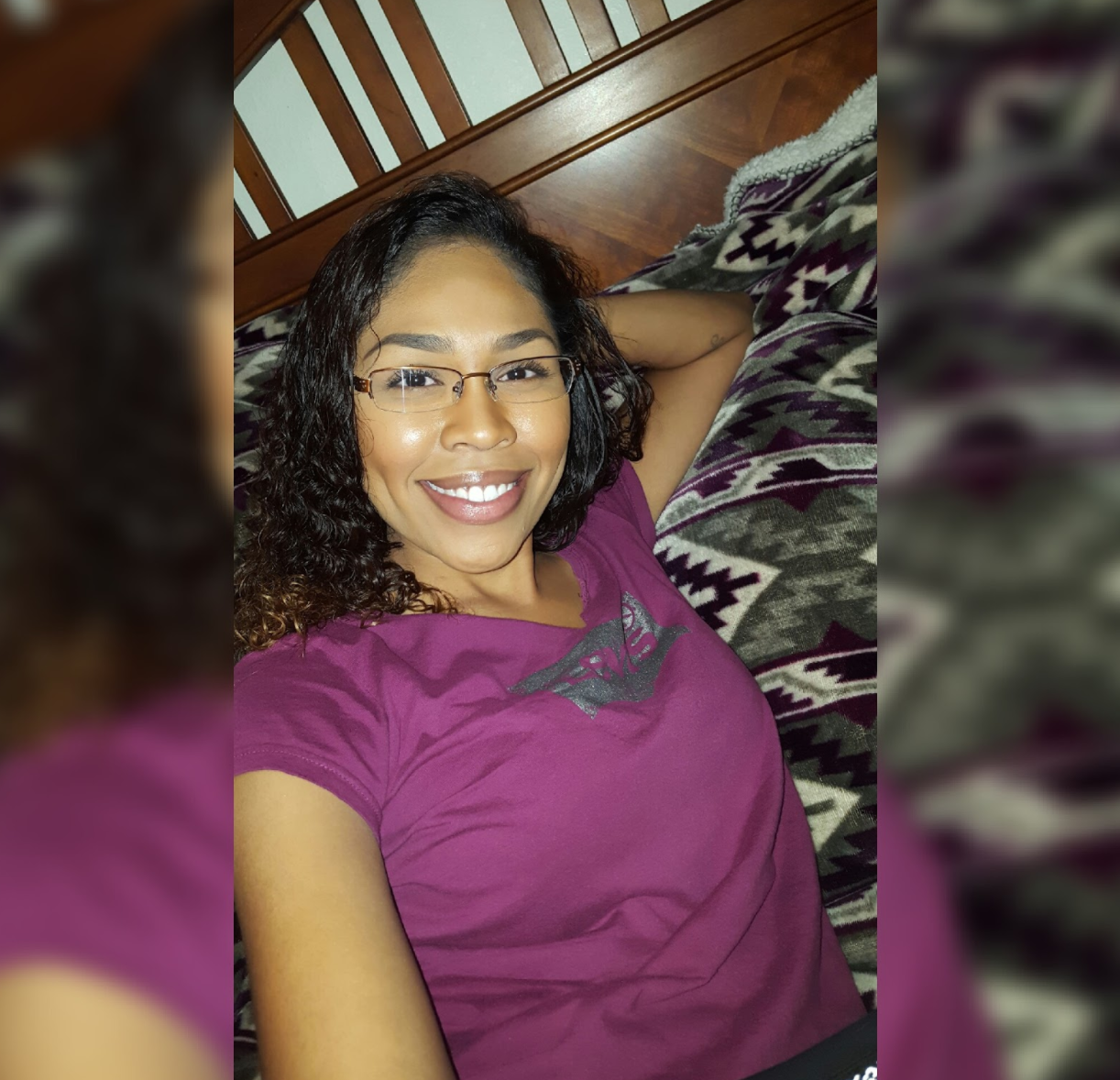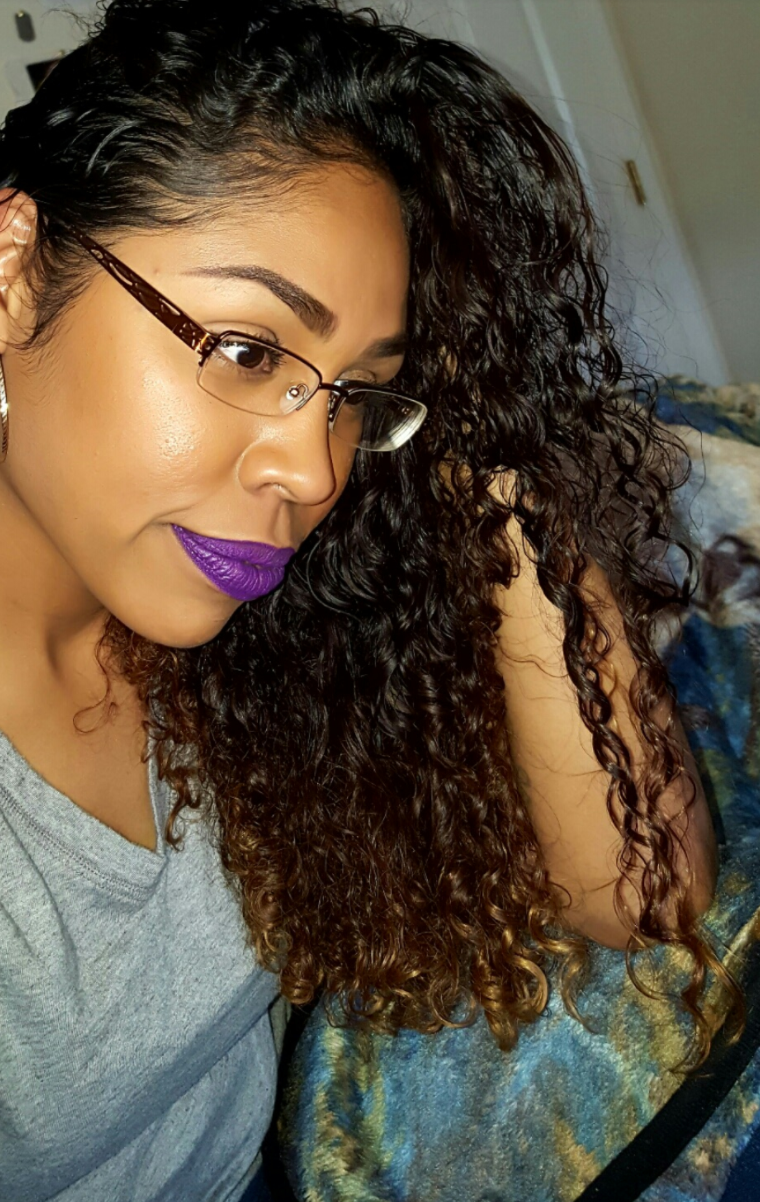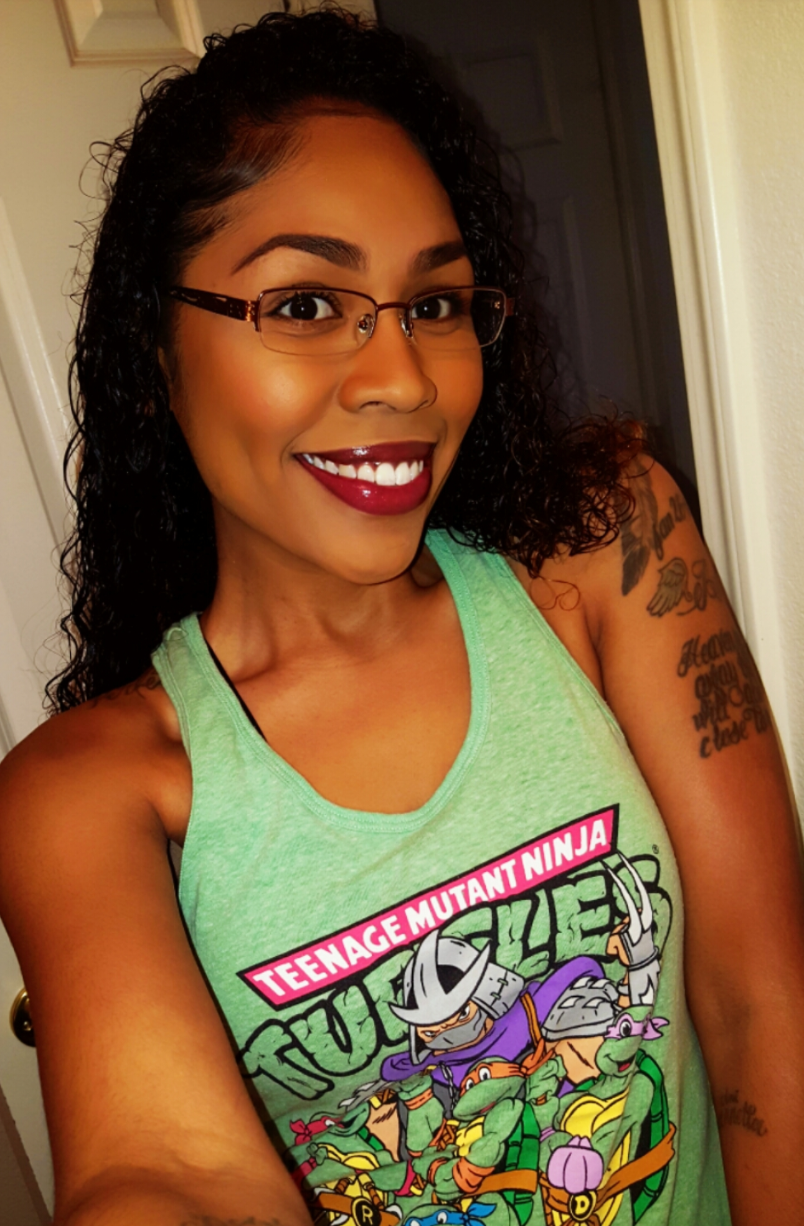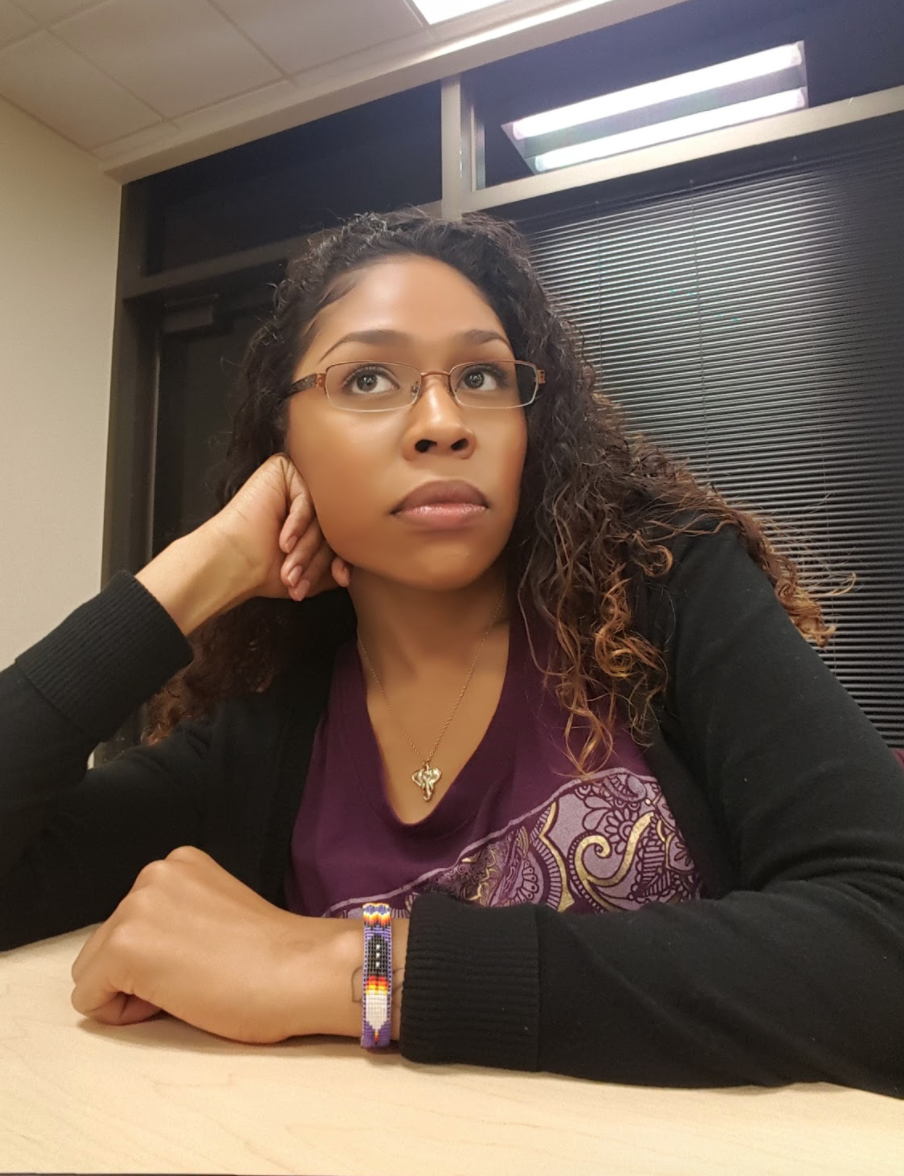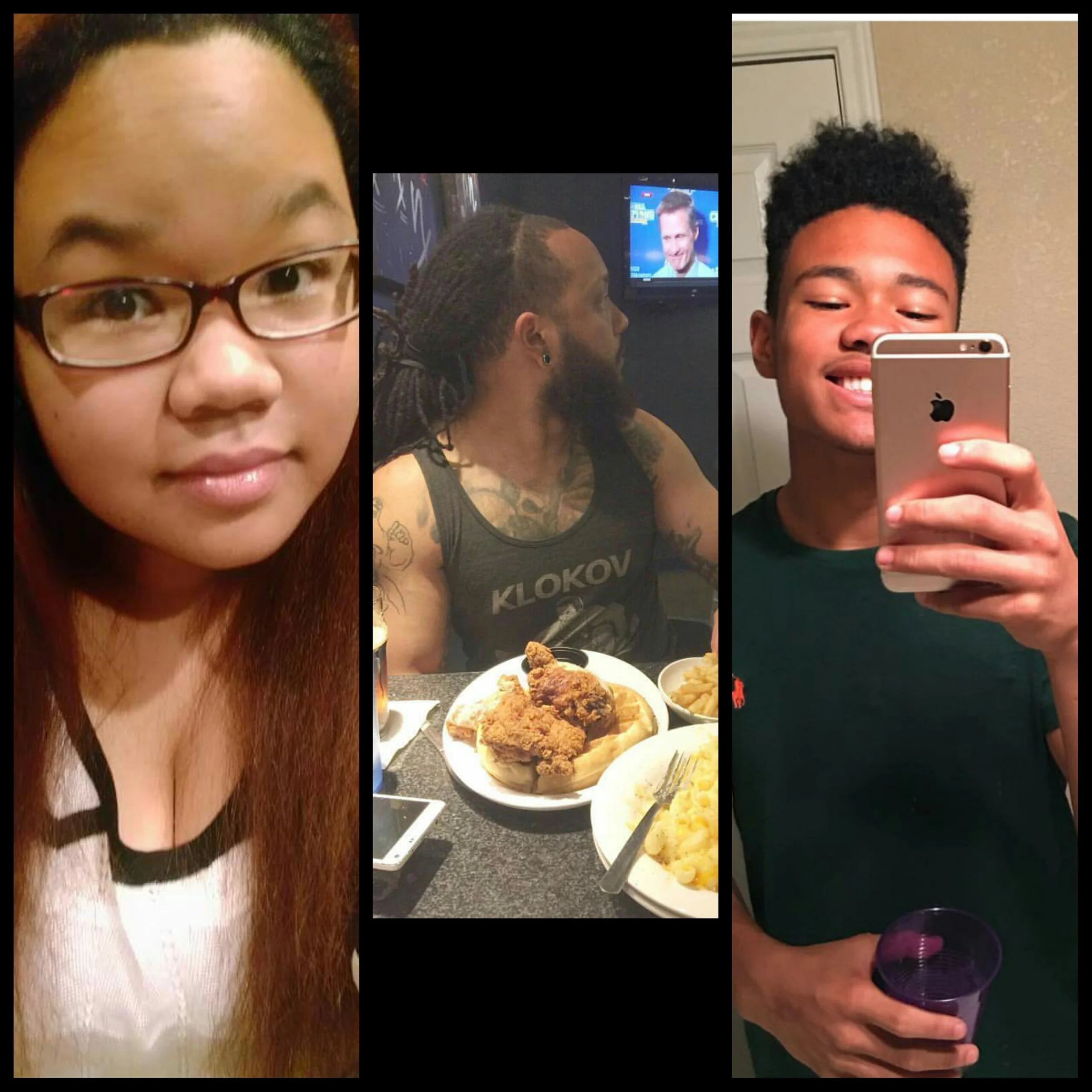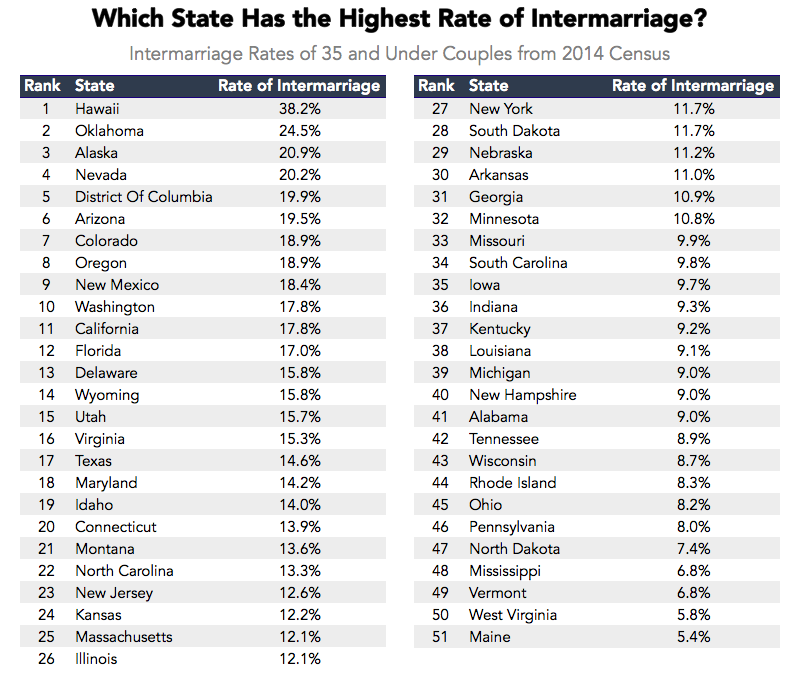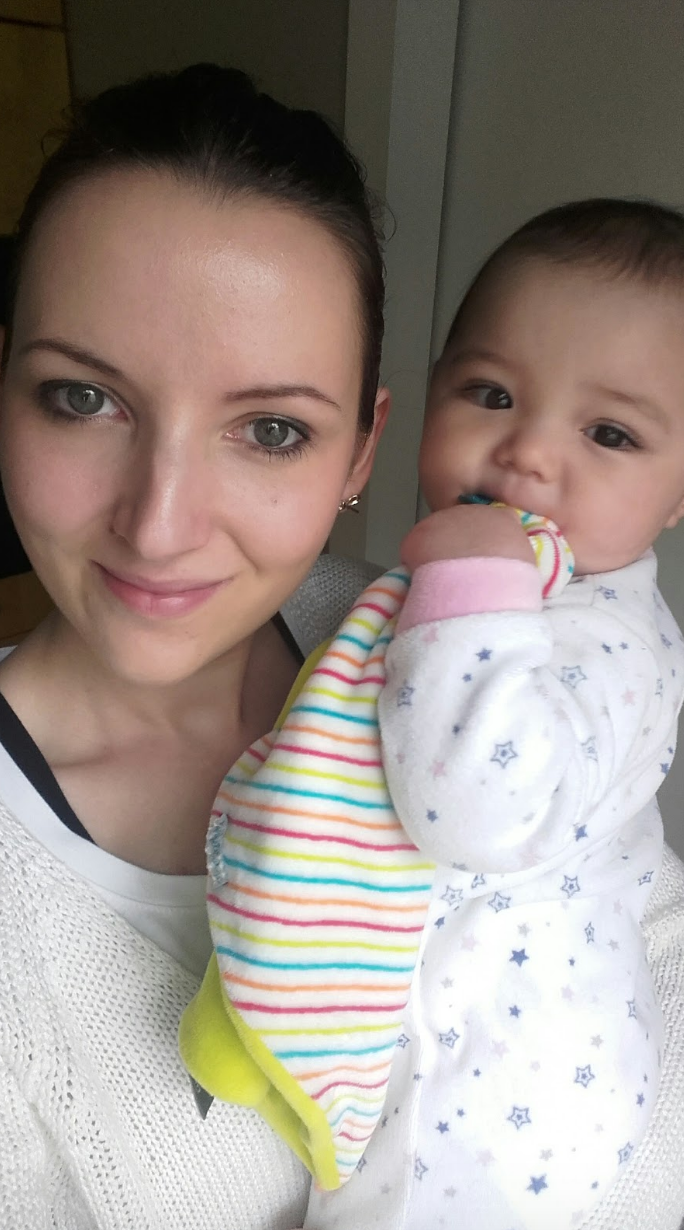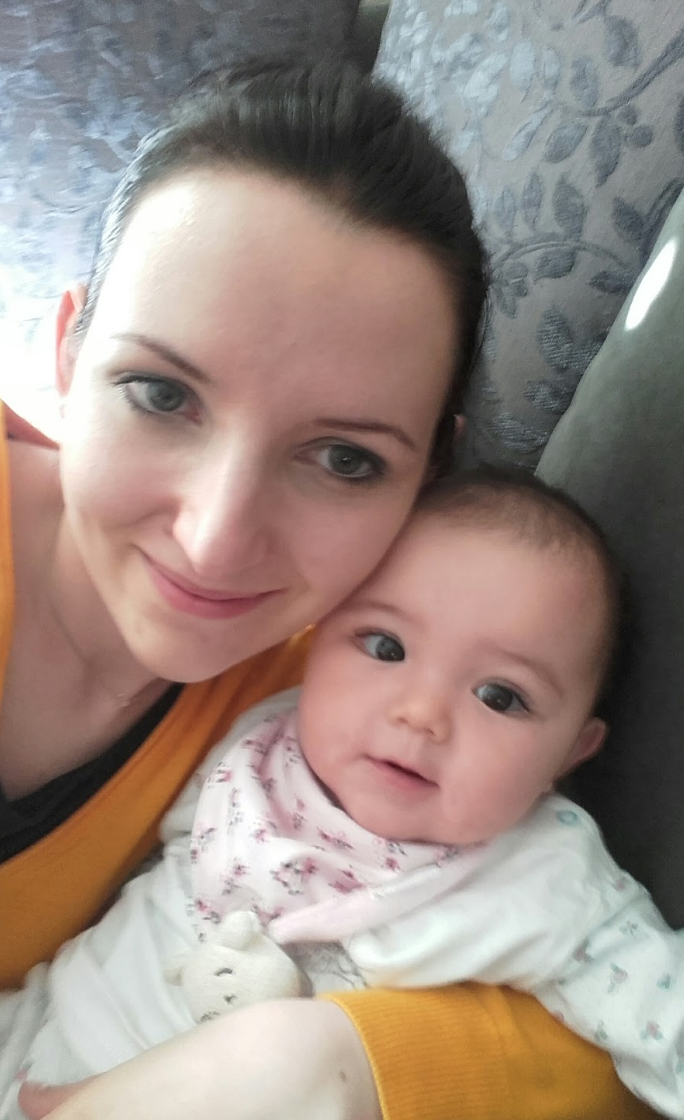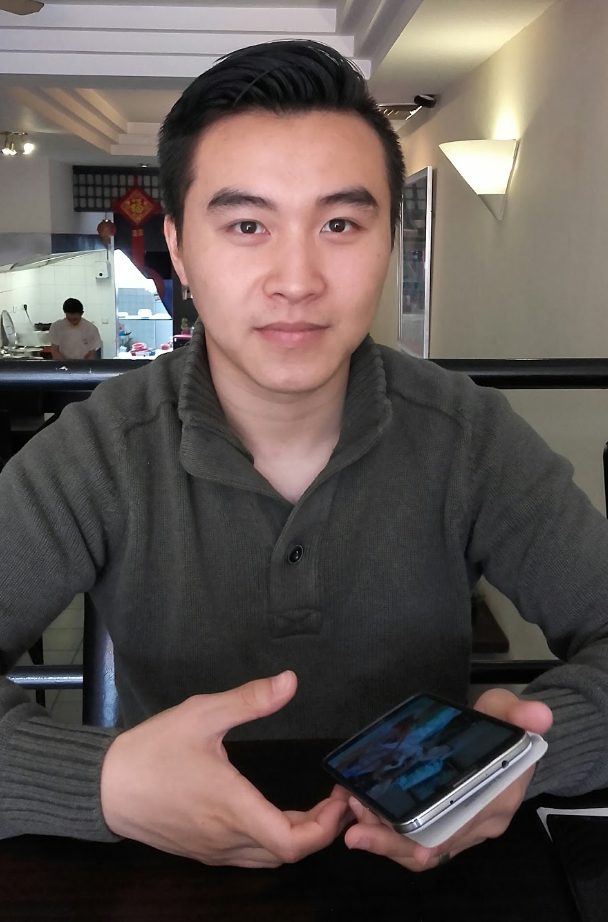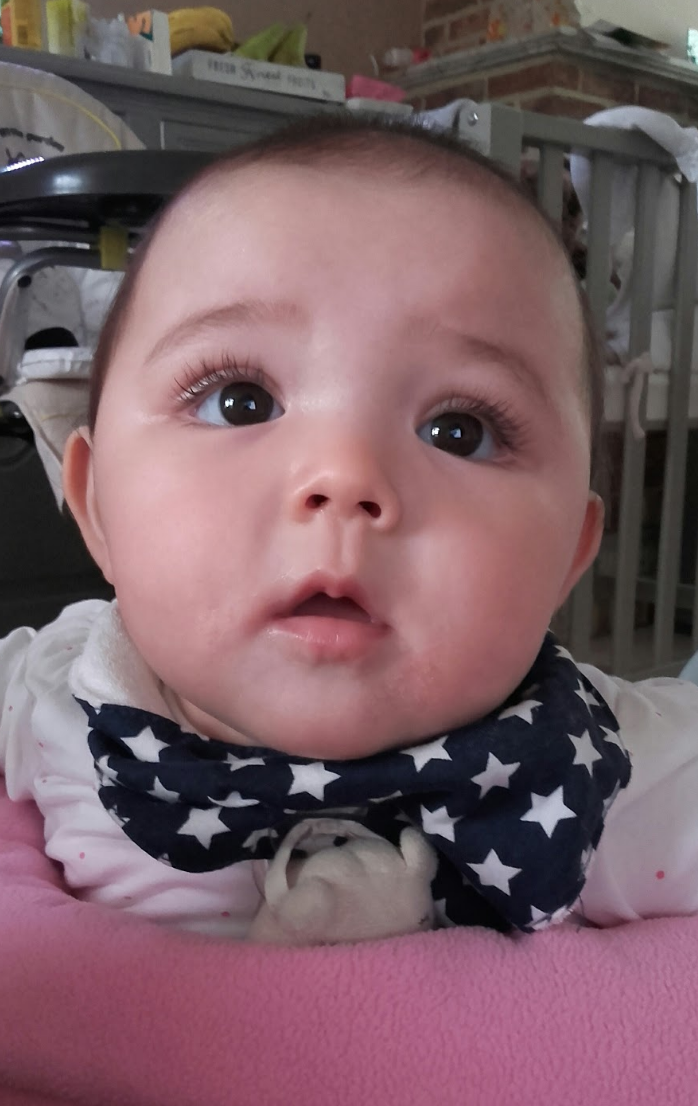In my particular case, and I know I am hardly unique, my father’s father disowned my father for marrying my mother. I never met my grandmother or my father’s father. I saw my father’s brother and his family no more than a dozen times while I was growing up. My mother was an only child whose parents died before I was born and so the tragedy is that while I had grandparents living, one of them refused to meet his grandchildren and the other was too scared to try and have a relationship with her grandchildren.
This compounded my parents’ decision to raise us to self-identify as Black.
Now I know what you’re thinking. Why do I know? Because it’s been expressed to me eleven million times over the nearly half century I have been alive. “Girl, have you looked in the mirror? Do you realize you don’t look Black?” Some have even gone so far as to say, “girl, you ain’t really Black.”
But I am. And I am White and I am also Japanese.
My mother was Black and Japanese and growing up she had a hell of a time in upstate New York. As one of the two “colored” families in her small town that had a heavy KKK presence, my mother and grandparents were accustomed to having rocks thrown their window and crosses burned on their front lawn.
It was bad enough that my maternal grandmother was colored, but for my mother to have had a Japanese father both before and during World War II, oh my poor mother! She had two friends, and both were not so surprisingly the daughters of the other colored family in town, who, as it happened, lived upstairs from my mother.
My father had a whole other set of circumstances growing up. He grew up about 75 miles north of my mother in a town with many German, Dutch and Irish immigrants. My father’s father was German and my paternal grandmother was Dutch and Irish.
I am not sure there is a word to describe how my father’s father felt about people who weren’t White, Catholic and straight. Hate might not be quite strong enough. I’ll say this, he really hoped Adolf Hitler had been successful at exterminating all the Jews, Gays and Gypsies. And I mean all. And when Hitler was done with them, if he’d have just rounded up all the Asians, Muslims, Indians, Pakistanis, etc. etc., people who spoke Spanish and anyone with a hint of African in them, then in his view, the world would have been a better place.
He threw around the term Aryan frequently.
His reaction to my father marrying someone who wasn’t White was pretty predictable. My brothers and I were branded the criminal mistakes. My paternal grandmother wanted to meet us, but she was too fearful of him to go against him.
So had there even been a term for multiracial back then, my parents would still have chosen to raise us to self-identify as Black.
(If you’d like to read my entire story, it is part of an anthology of essays of people from around the world who are either Biracial / multiracial or the parents of multiracial kids I co-authored called Being Biracial: Where Our Secret Worlds Collide.)
As I grew up and dated and eventually moved out of my parents’ home to explore life as an adult, things had apparently begun shifting and people whose parents were different races were starting to embrace terms to indicate this. I missed this boat, you see.
I moved through the world continuing to self-identify as Black and responding to folks who questioned my insistence on aligning myself with a race of people who looked so different from myself.
And as all multiracial people have expressed (even if only to themselves), dating for the multiracial person is a serious challenge. Imagine for someone like me who was light, bright and clearly half White but who self-identified as Black. I really didn’t do myself any favors because what was typically considered Black back then: musical tastes, dressing a certain way and adopting a certain vernacular, I was so out of my league. None of me conforms to anything—White, Black or Japanese. My brothers and I were raised to appreciate music, art and culture from all over the world and not to allow arbitrary, unimportant and what society deems as the “usual” descriptors to define us.
What made me Black wasn’t something just seen on the outside but more importantly the history—good, bad, ugly and brutal—of our people, culture and awareness of how people who lack color treat those with color. This, in my opinion is what defines Blackness, not the ones that can change as we grow older and have new tastes.
And believe me when I say other folks tripped over this while I didn’t pay it any mind. Why should I?
White men were intimidated by me. They usually made the assumption I was militant because I didn’t (and still don’t) have to self-identify as Black … and they wouldn’t have been too far off the mark. I was pretty militant in my early 20s and I still am.
Asian men didn’t know what to make of me. Most assumed I was Puerto Rican and expected me to be some kind of bizarre combination of Chita Rivera, JLO and Rosie Perez.
Black men have always been able to pick up on the fact that I am a sistah, but this comes with its own problems. Many brothers I met were colorstruck and didn’t date me for me but because I was light complected and I could give them light babies with “good hair.”
I didn’t know the term for it then, but if I were dating today, I’d be quick to slam them for fetishizing me.
I dated a few Hispanic men and this was problematic too because there are hangovers from Spanish colonialization about color. Not unlike those that exist within the Black community due to slavery and miscegenation, in many Hispanic and Latino cultures, fair skin and straight hair are preferred. I think I was supposed to keep my mouth shut with their mothers because they were very happy to believe I was Puerto Rican (which I look) but when I explained that I am Black with some Japanese and White, things didn’t go so well after that.
And so dating was always challenging. My first boyfriend, who was Japanese and Jewish (Orthodox) had very racist parents. While they were pleased I was part Japanese, the Black part wasn’t so cool with them. His mother used to tell me I should go date my own kind. I explained that the only men I ever met who were my own kind were my brothers and there are laws against this.
She didn’t like my sarcasm. I was banished from her home. I never dated a Japanese or a Jewish person again.
When I was tired of guys assuming I was too militant, too strong, too into this or that to be Black, or of them fetishizing me or dating me so they could piss off someone, I decided to stop dating any more Black, Hispanic, Asian or White men again.
Well, talk about a challenge now because unless I had made the decision to date someone who was more than one race, I was kind of sh*t out of luck, wasn’t I?
It was fortunate for me that at the point I was ready to give up and join and convent, I met Paul.
Black on both sides, whose parents were of very different complexions, Paul’s family spans the color wheel just like mine. Raised to appreciate culture from all corners of the globe, loves science, the one word I use to describe Paul is Paul. He can’t be put into a box and this was by design. His parents didn’t put their kids into any box.



